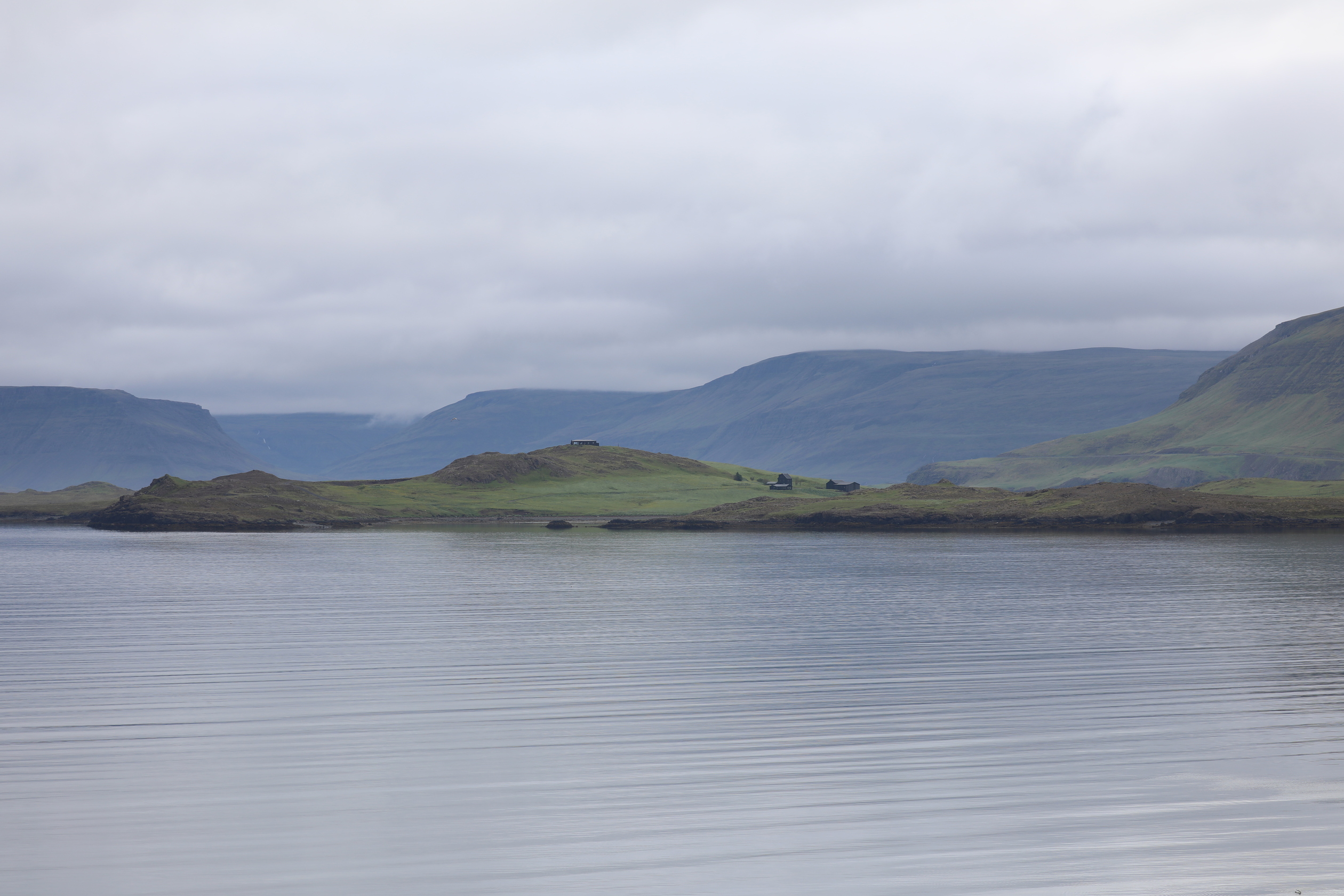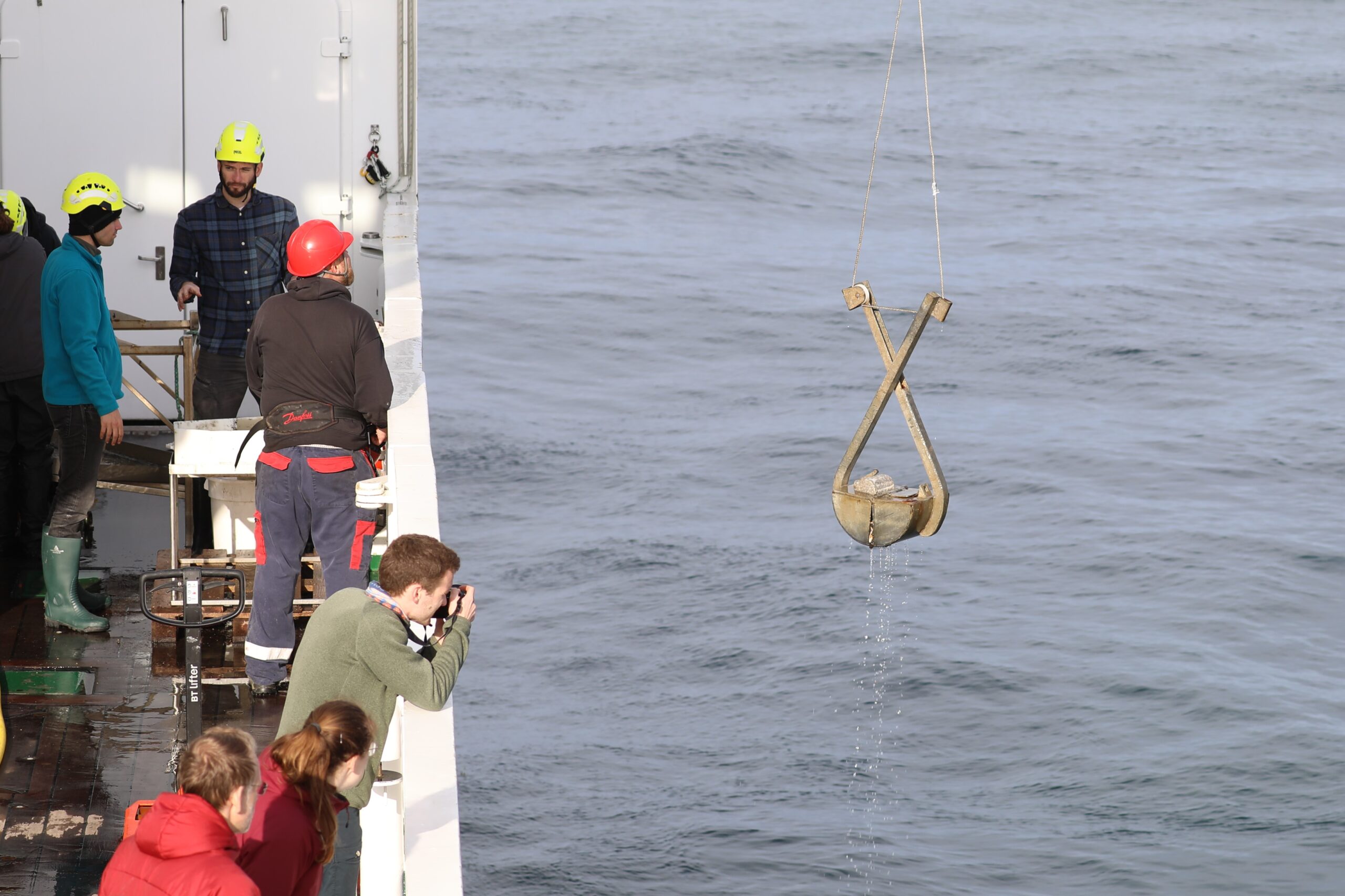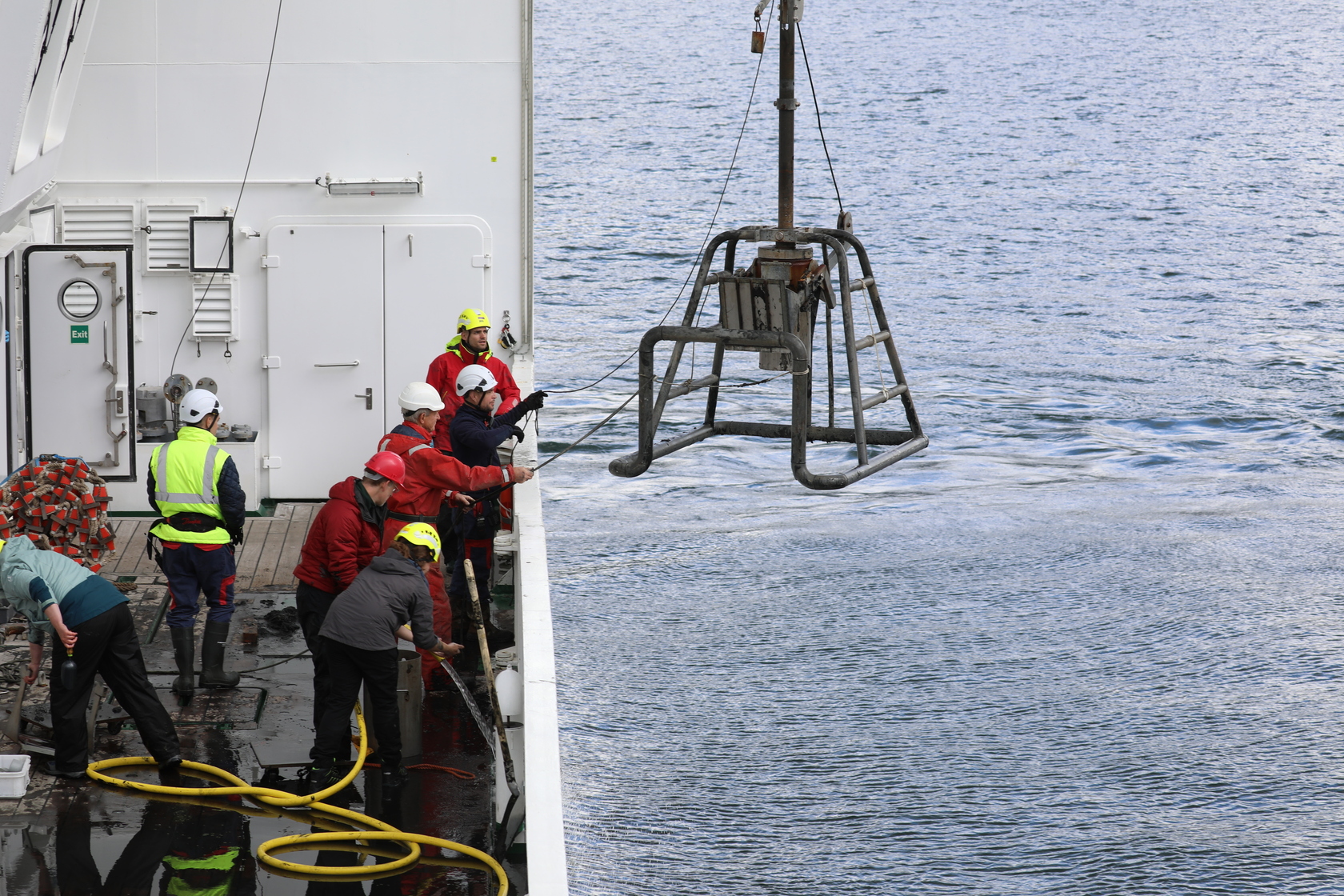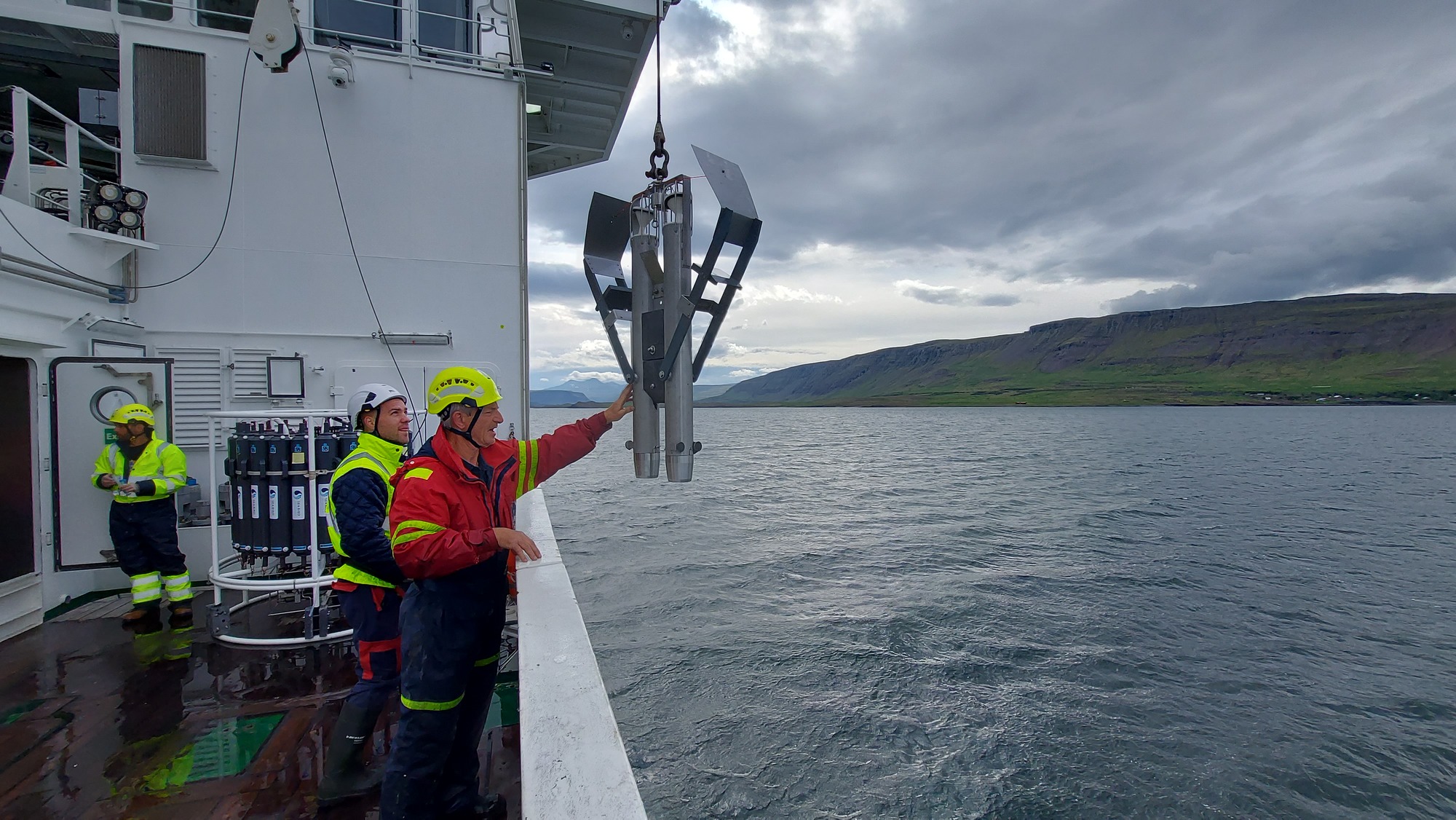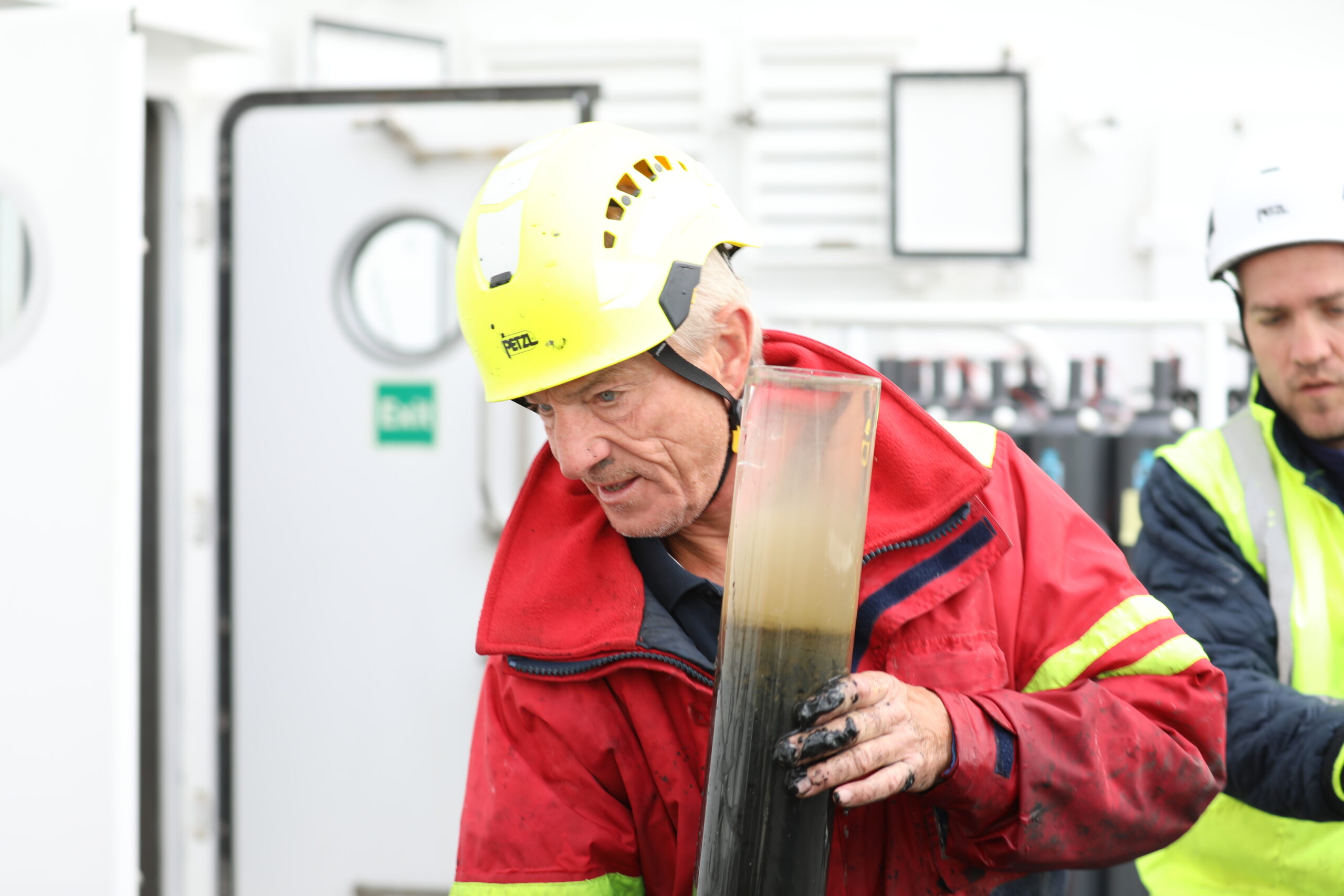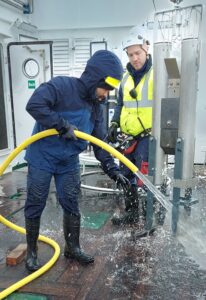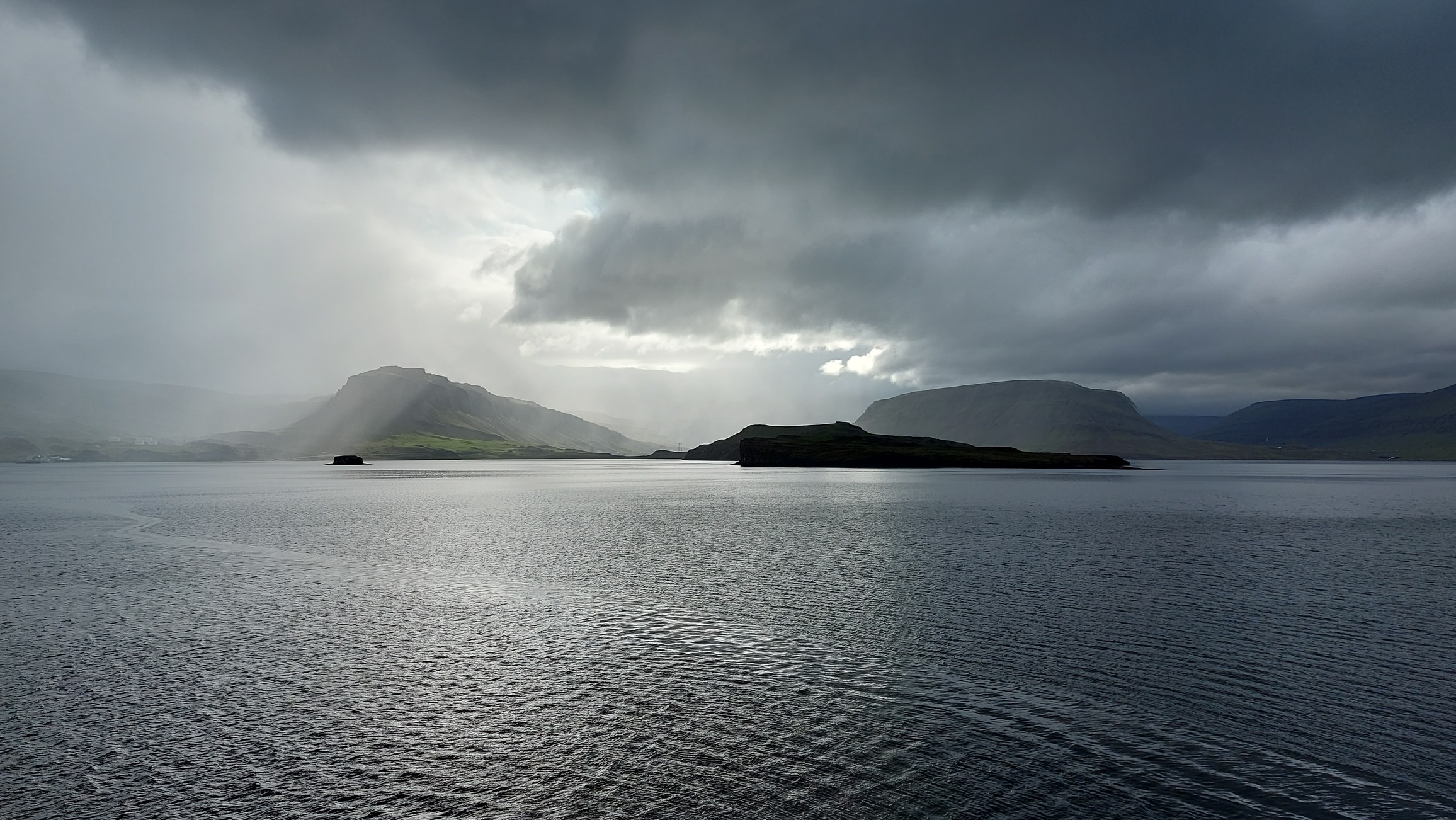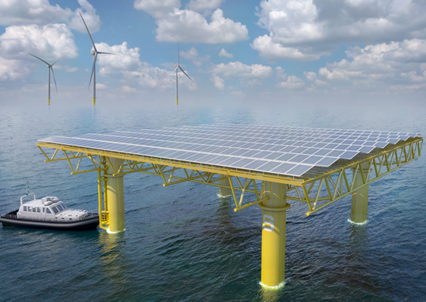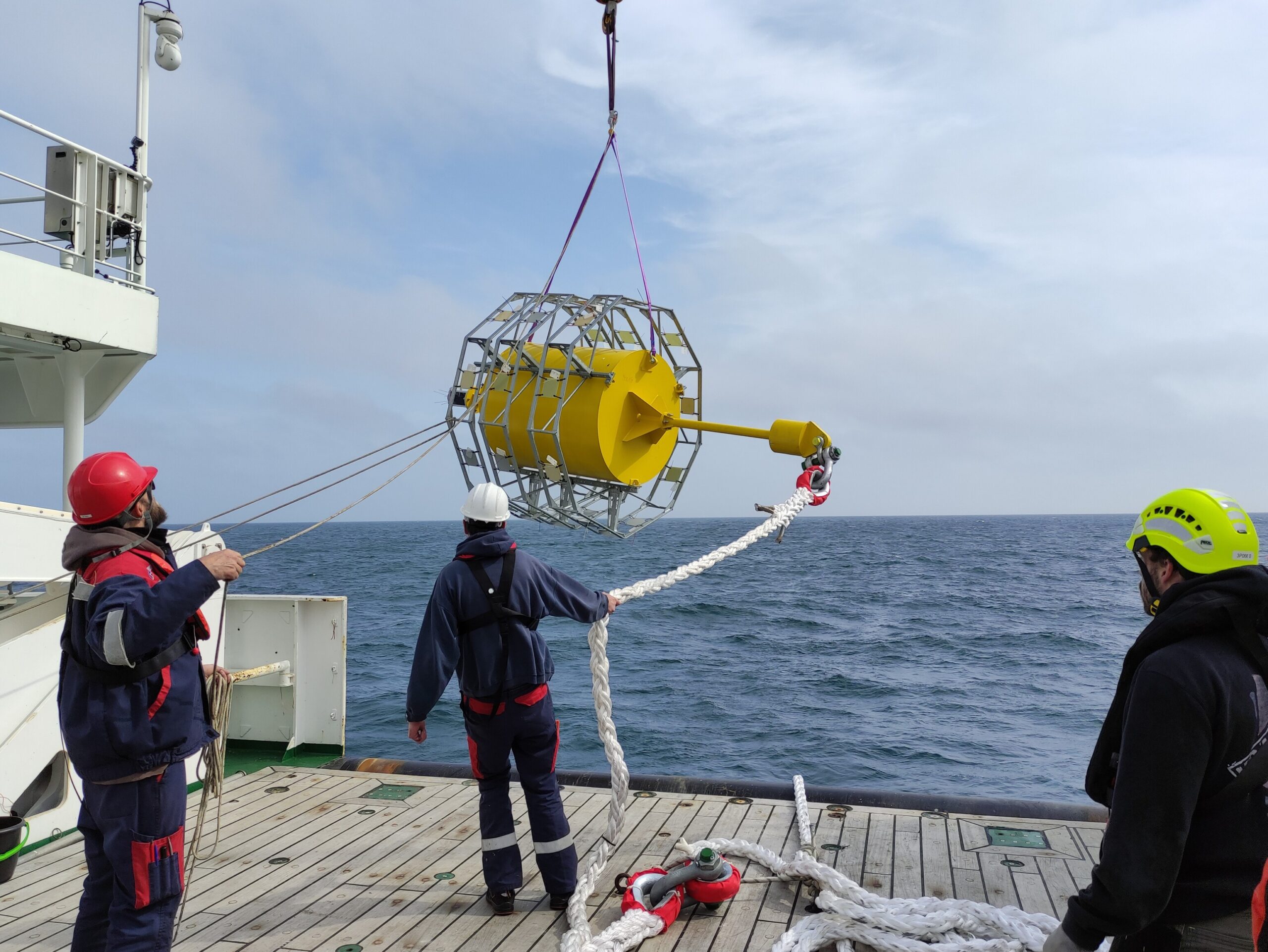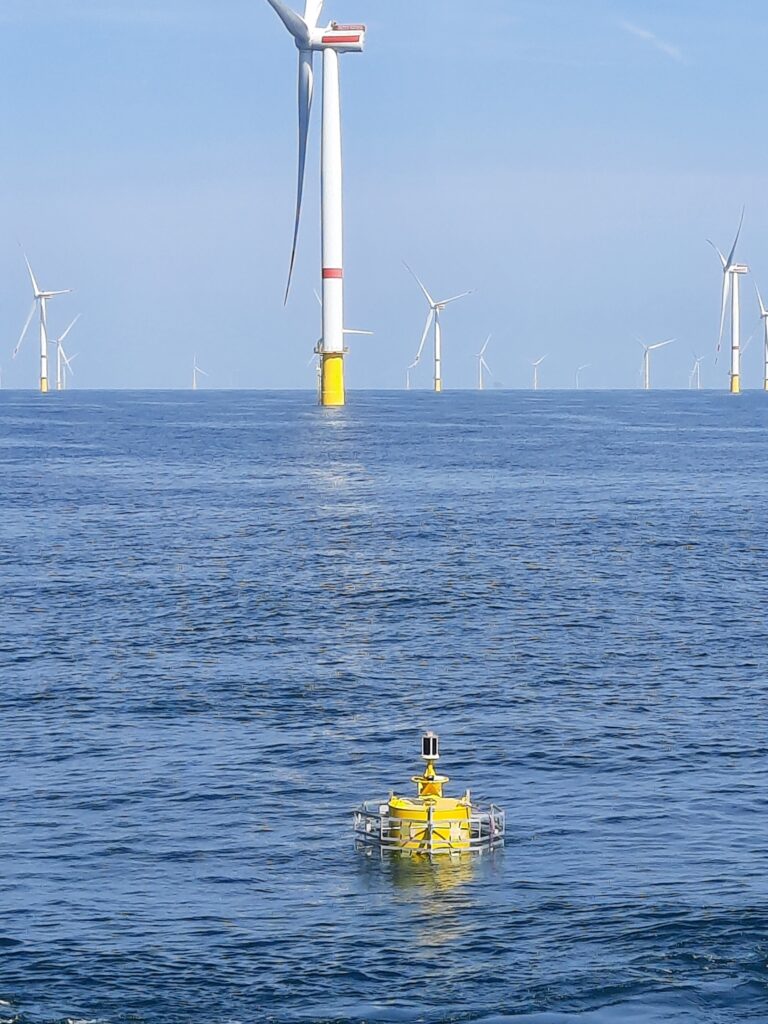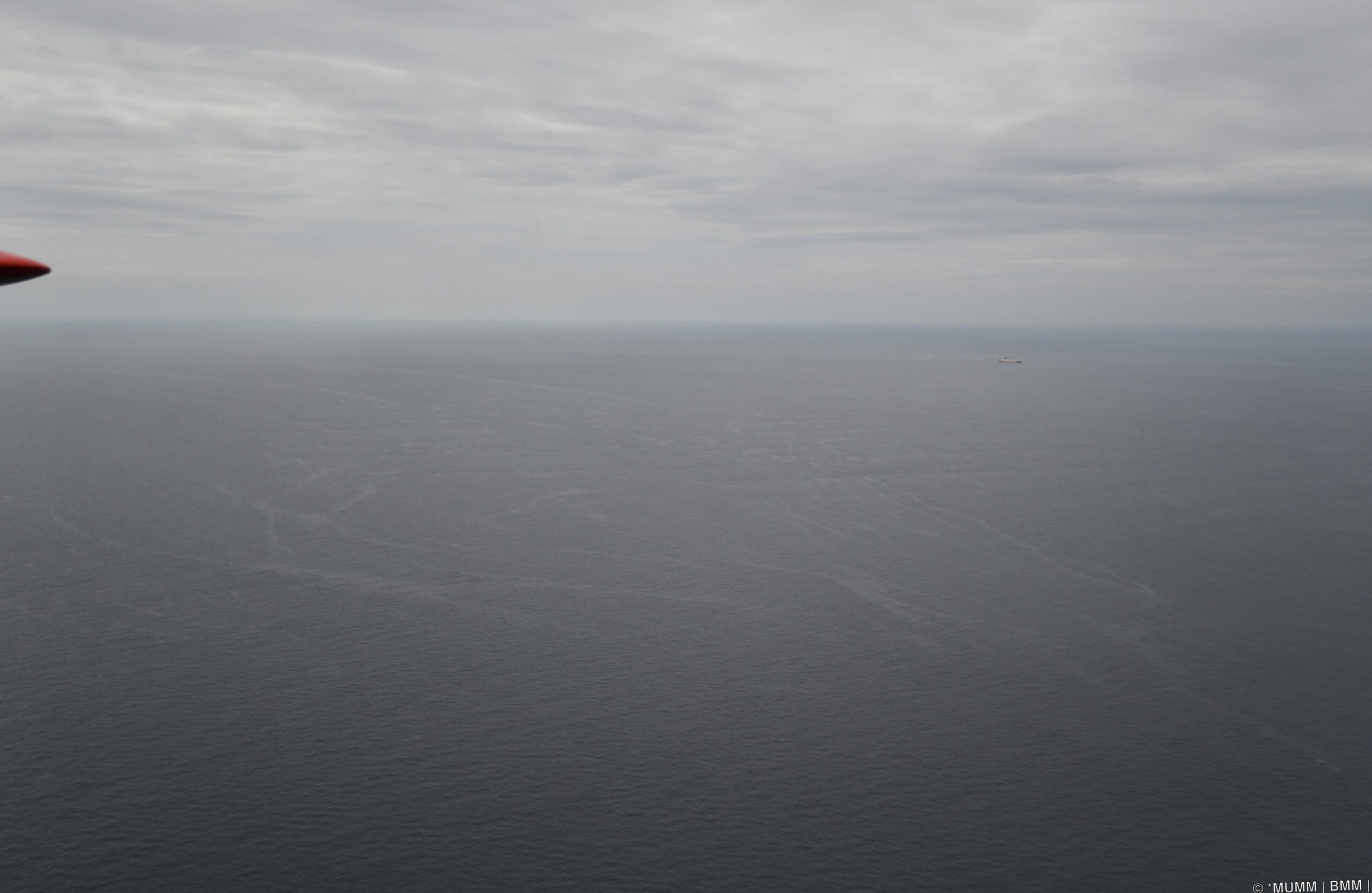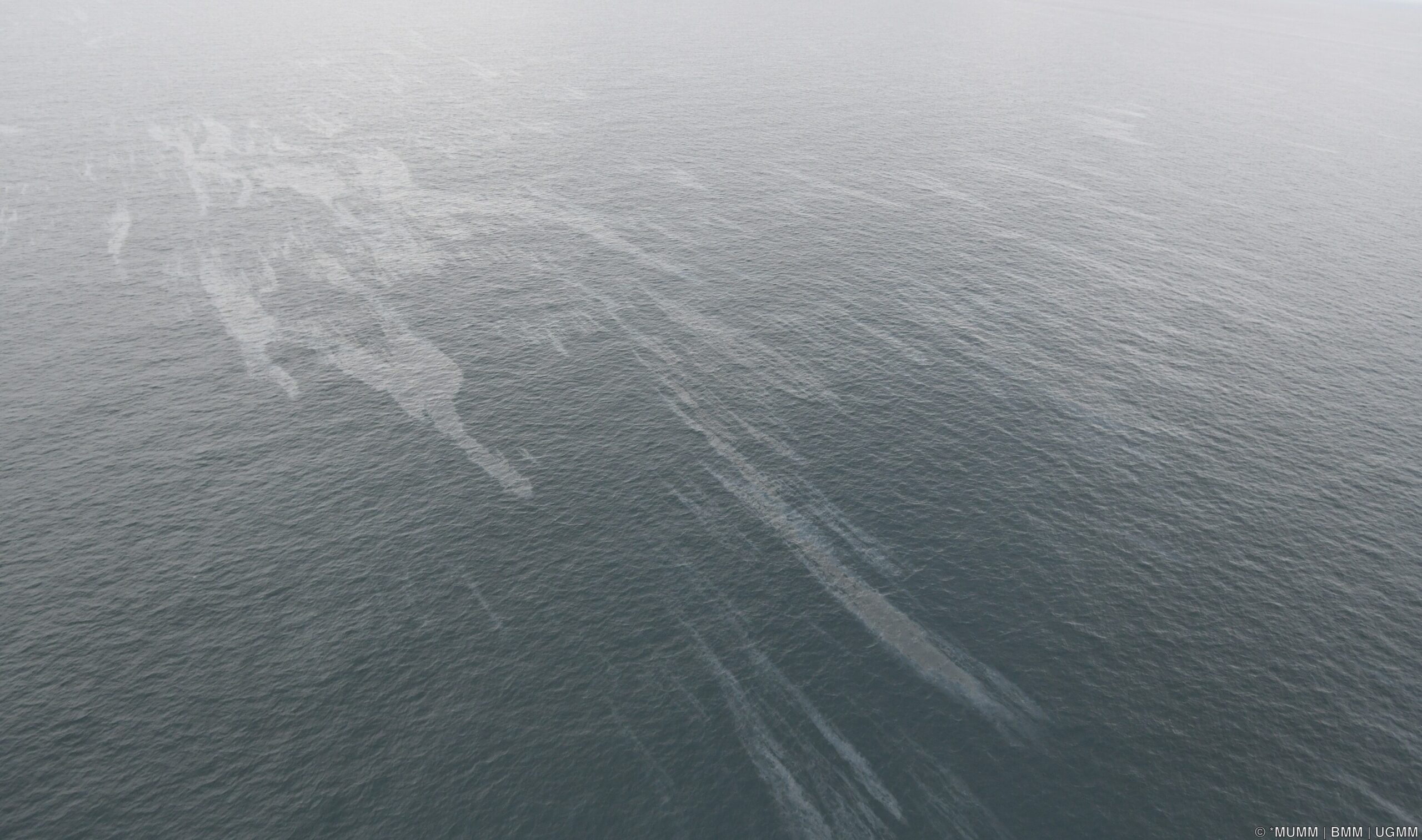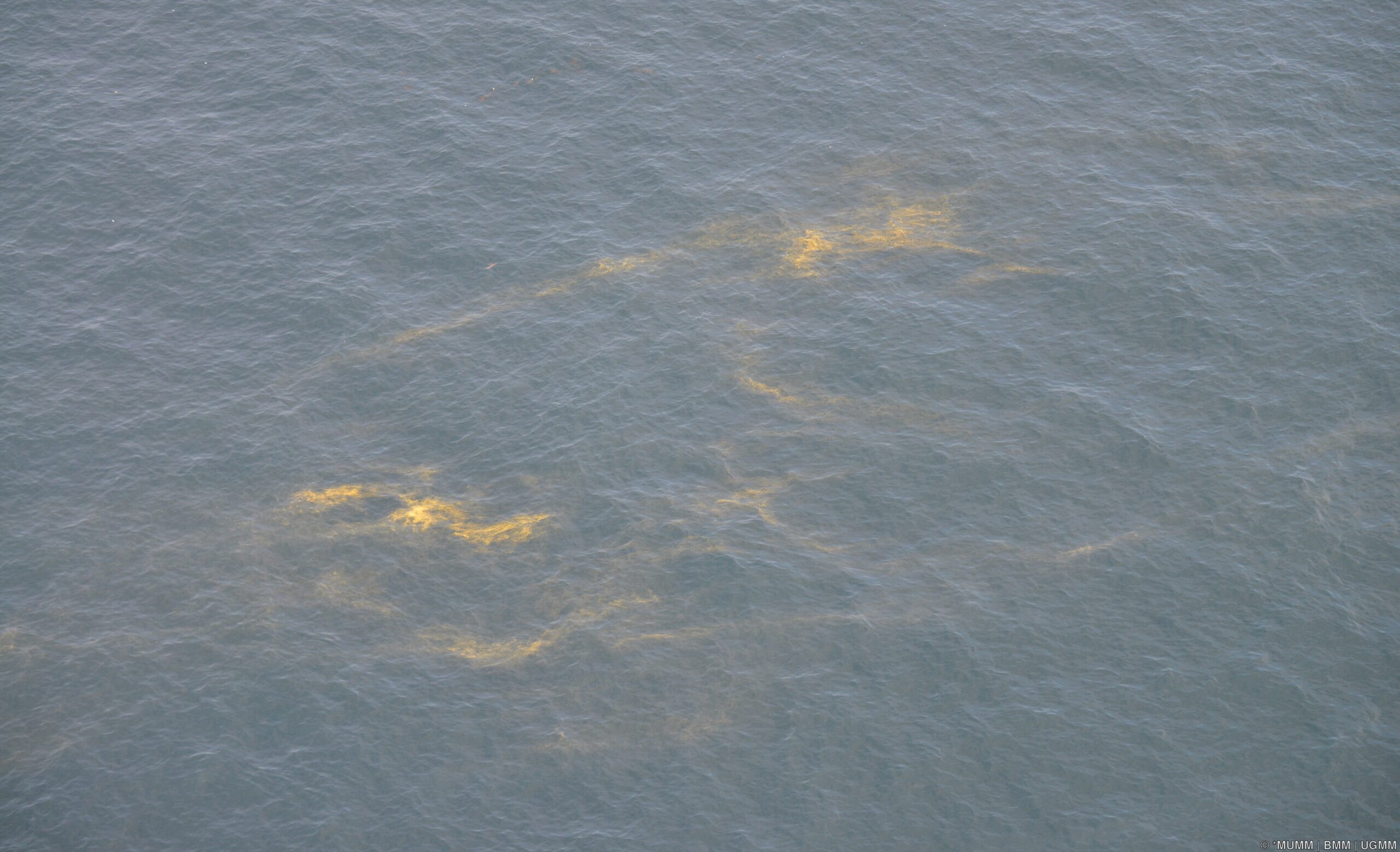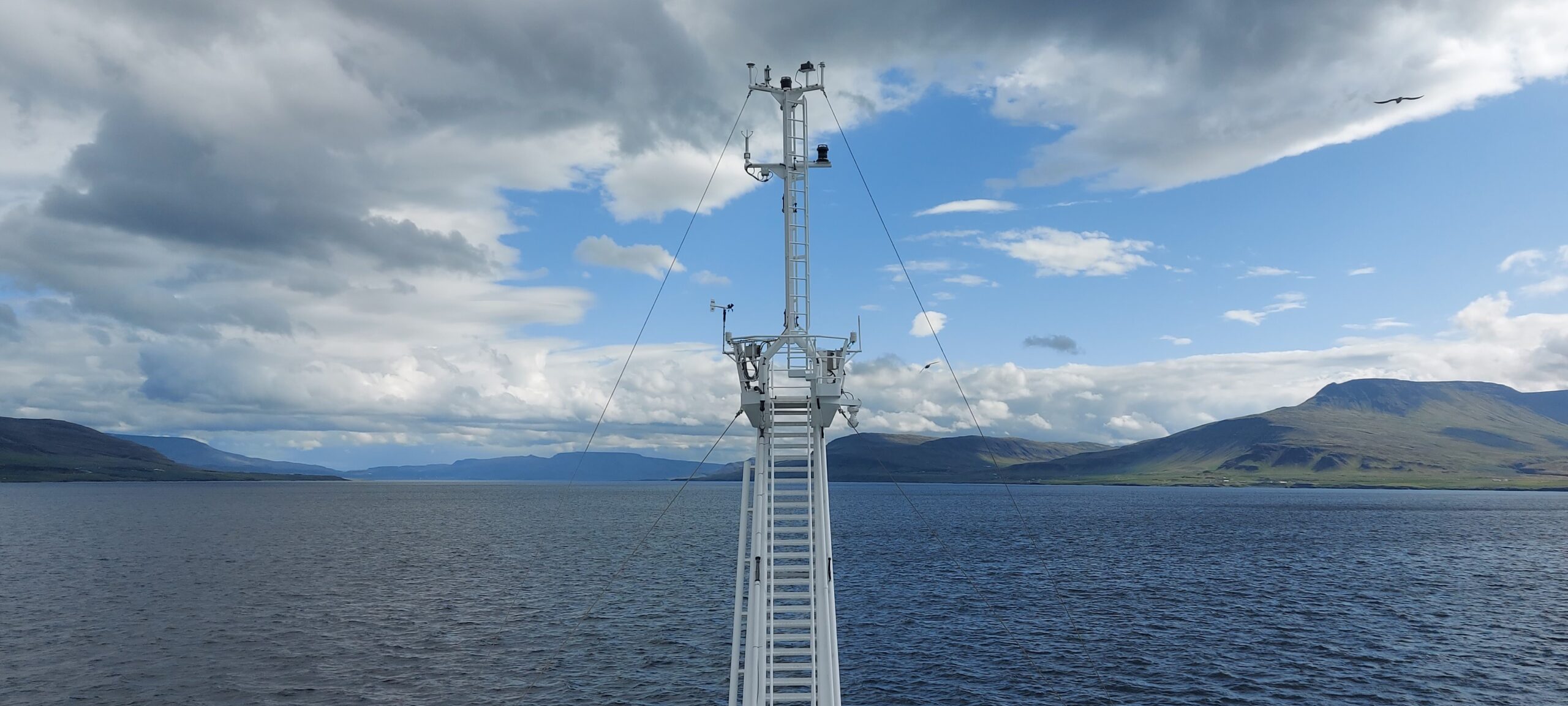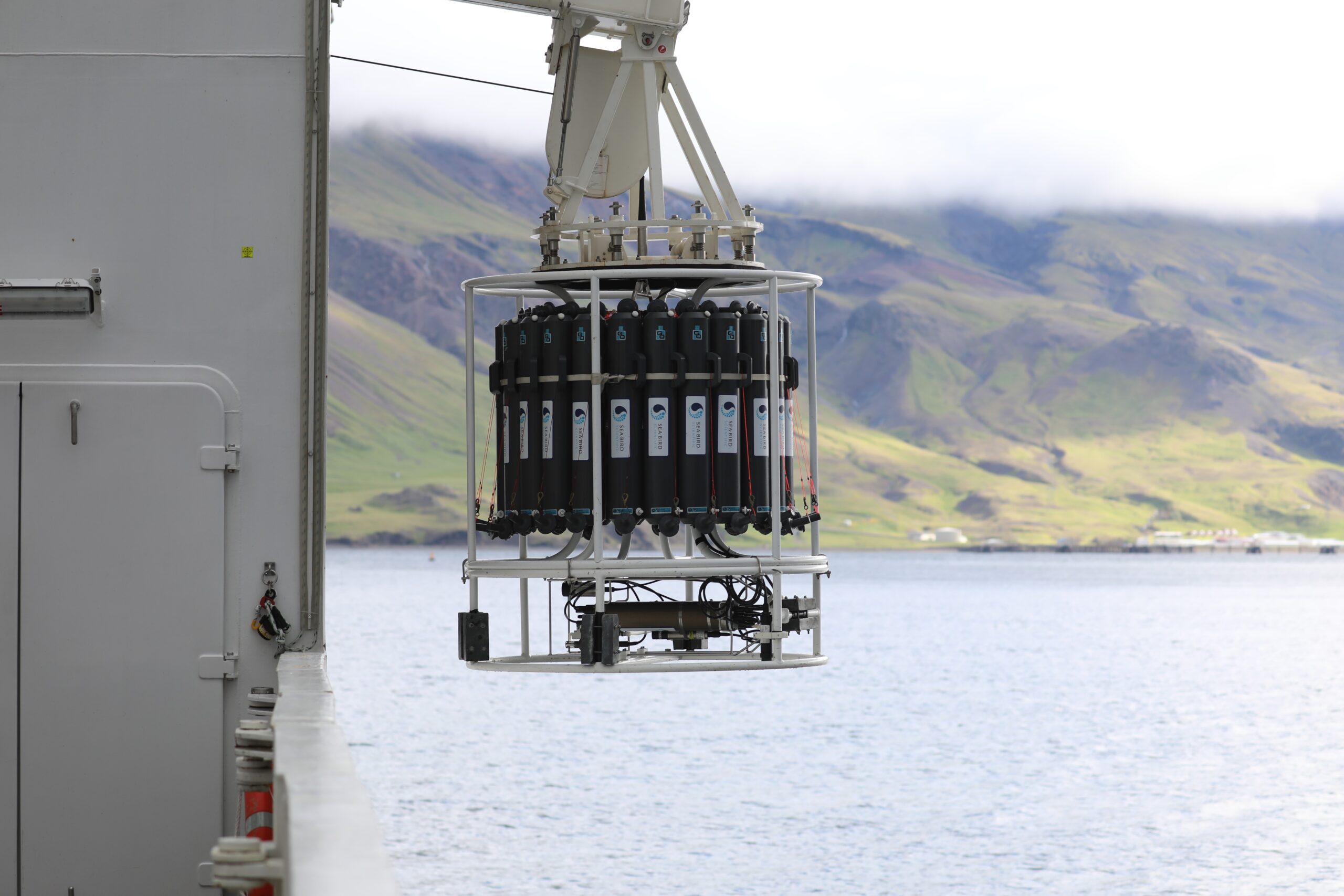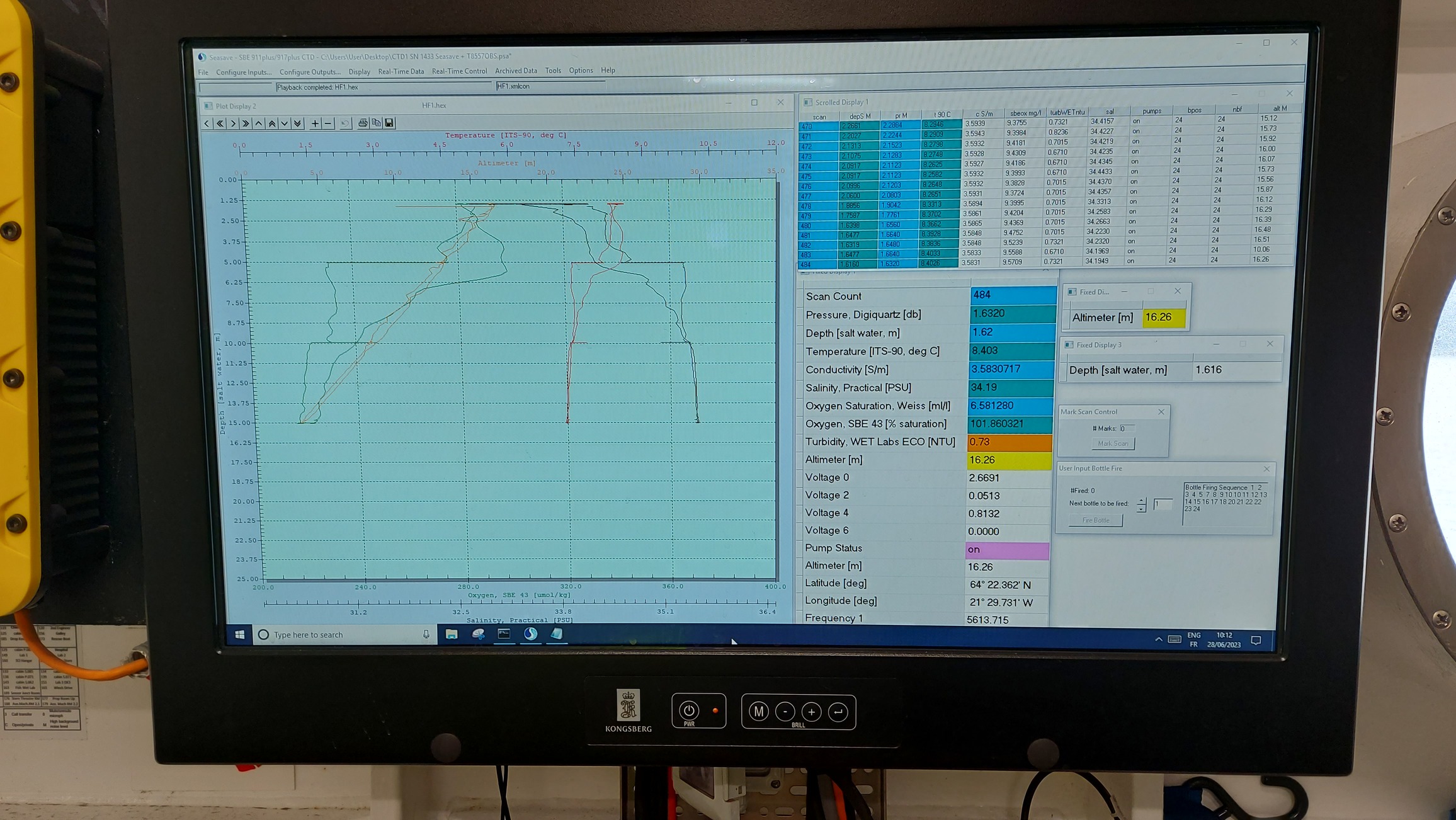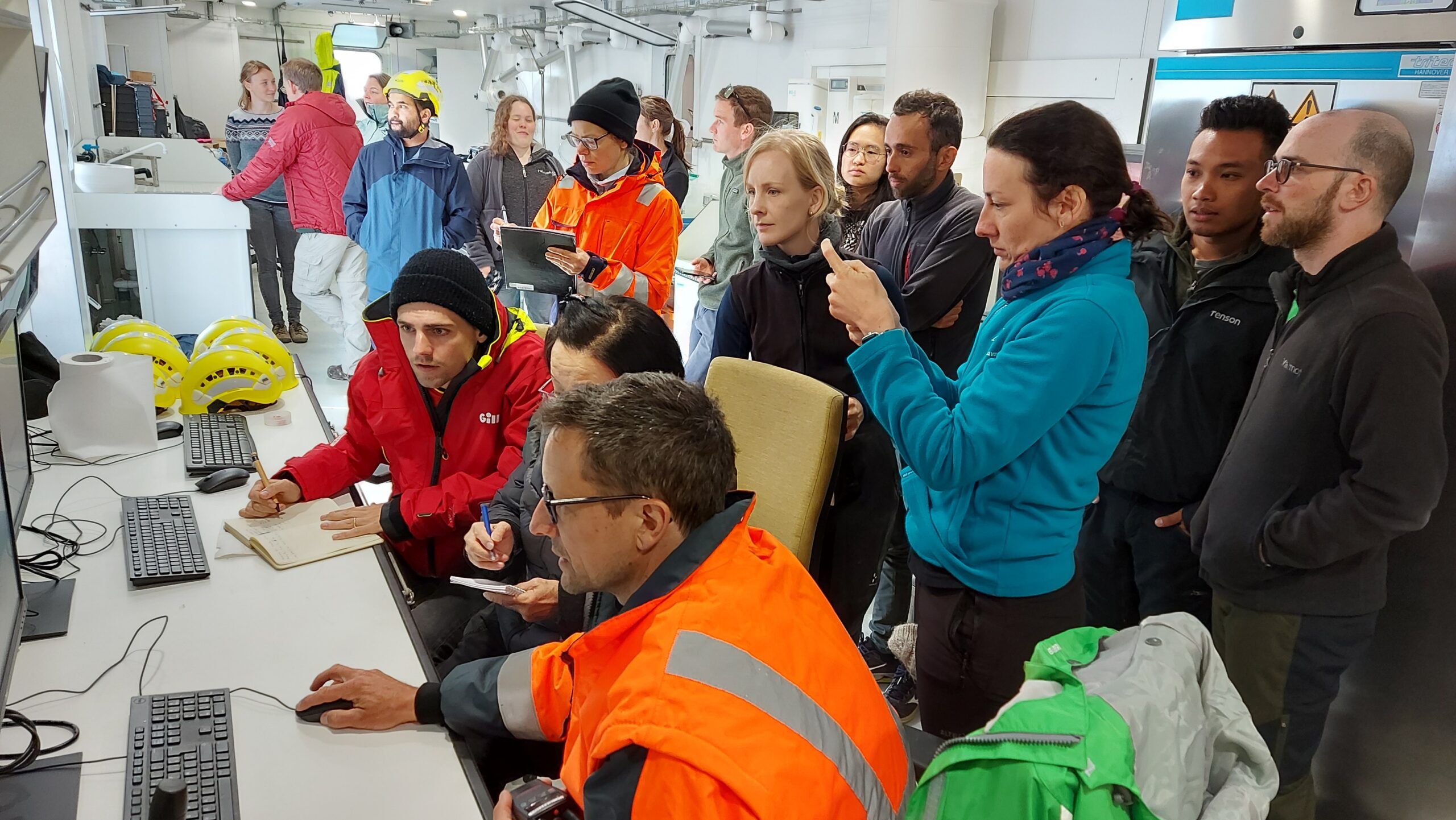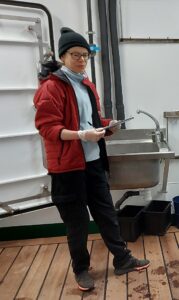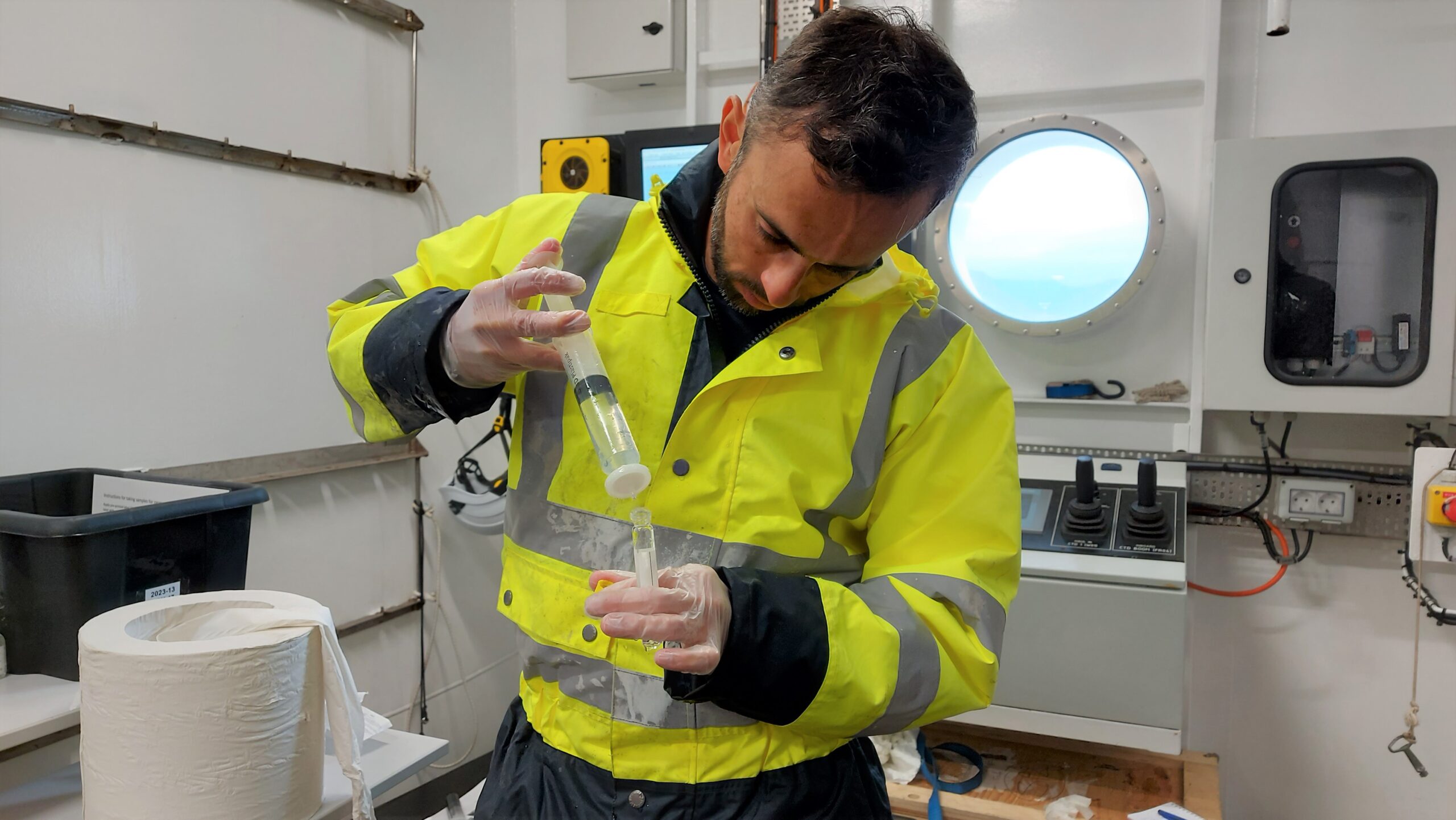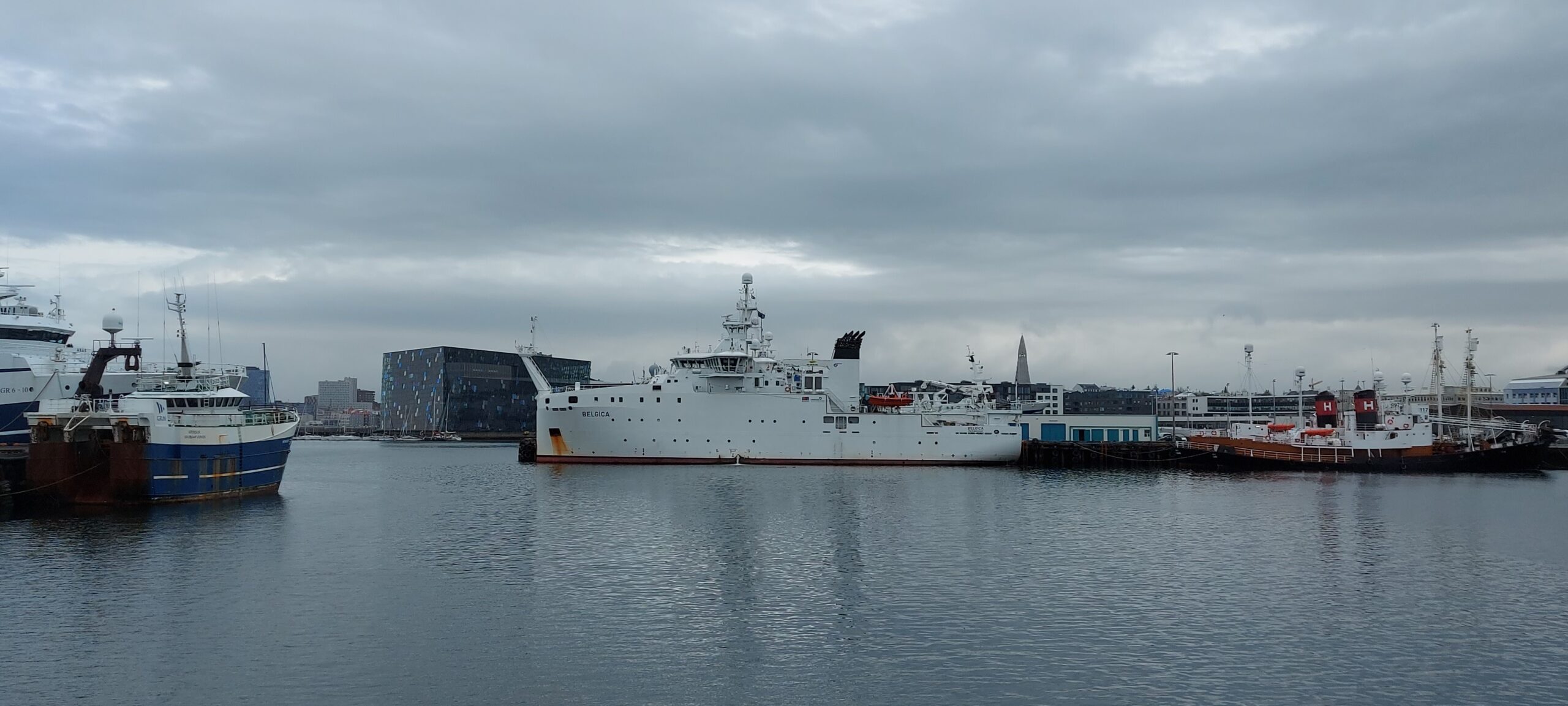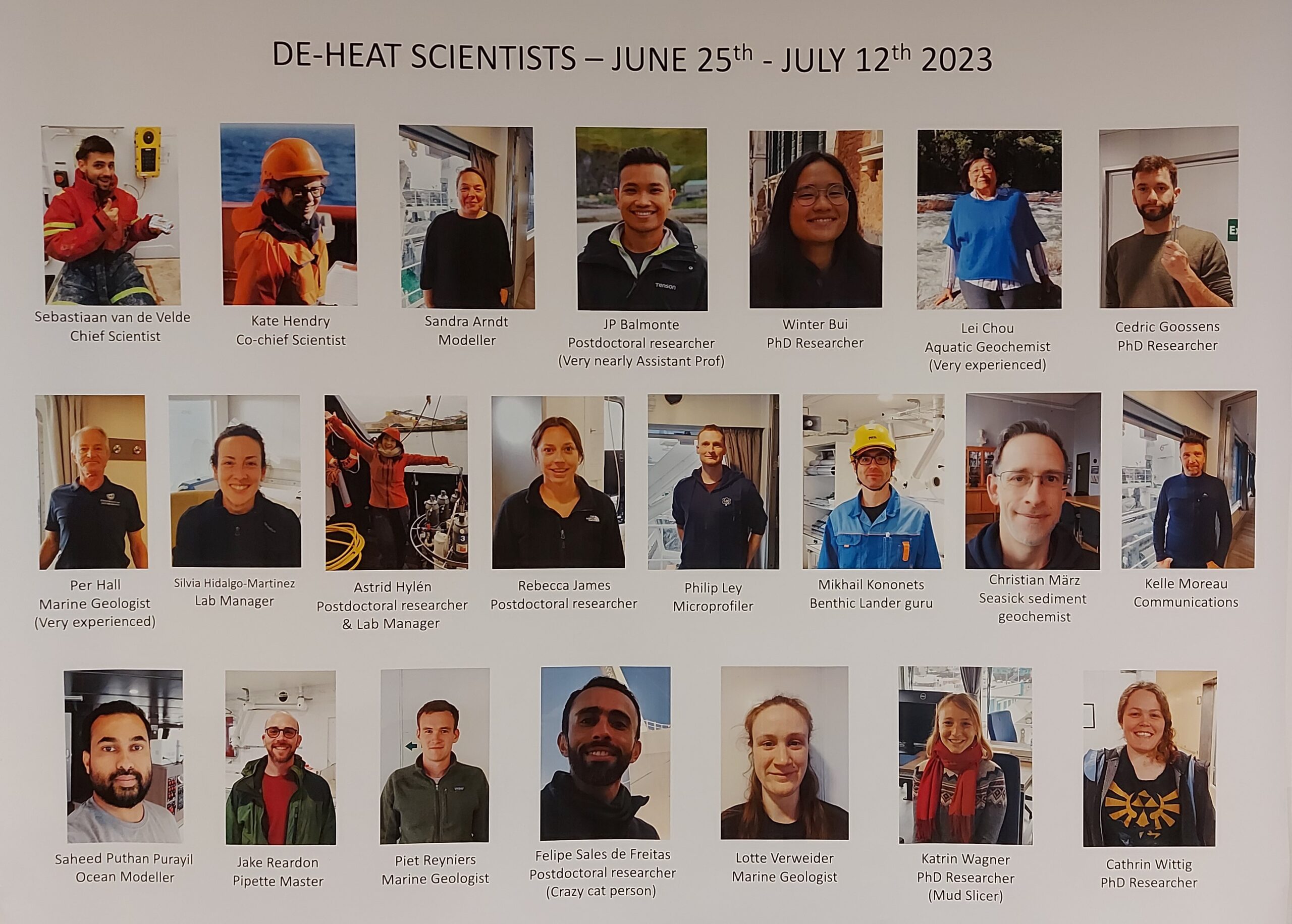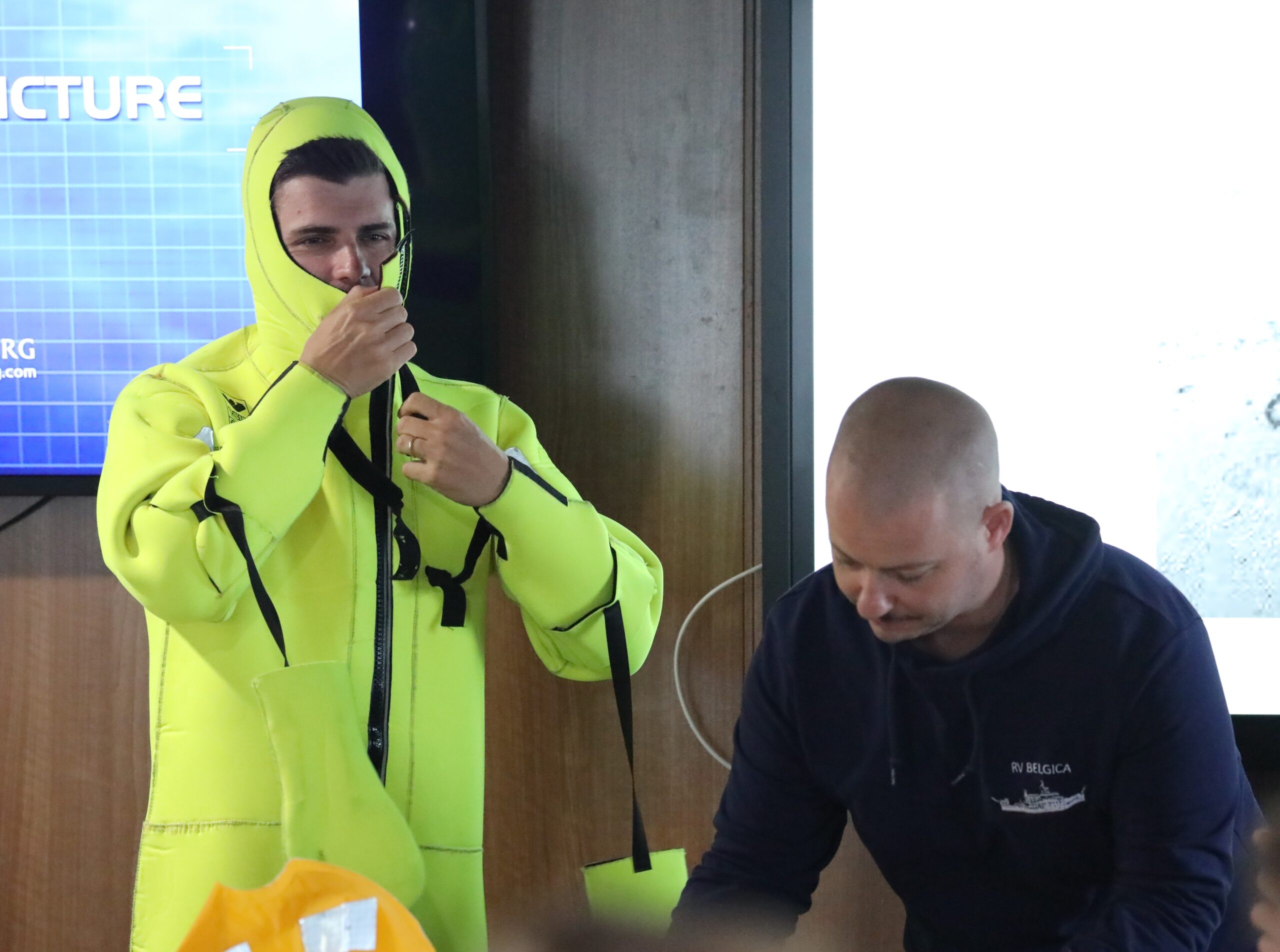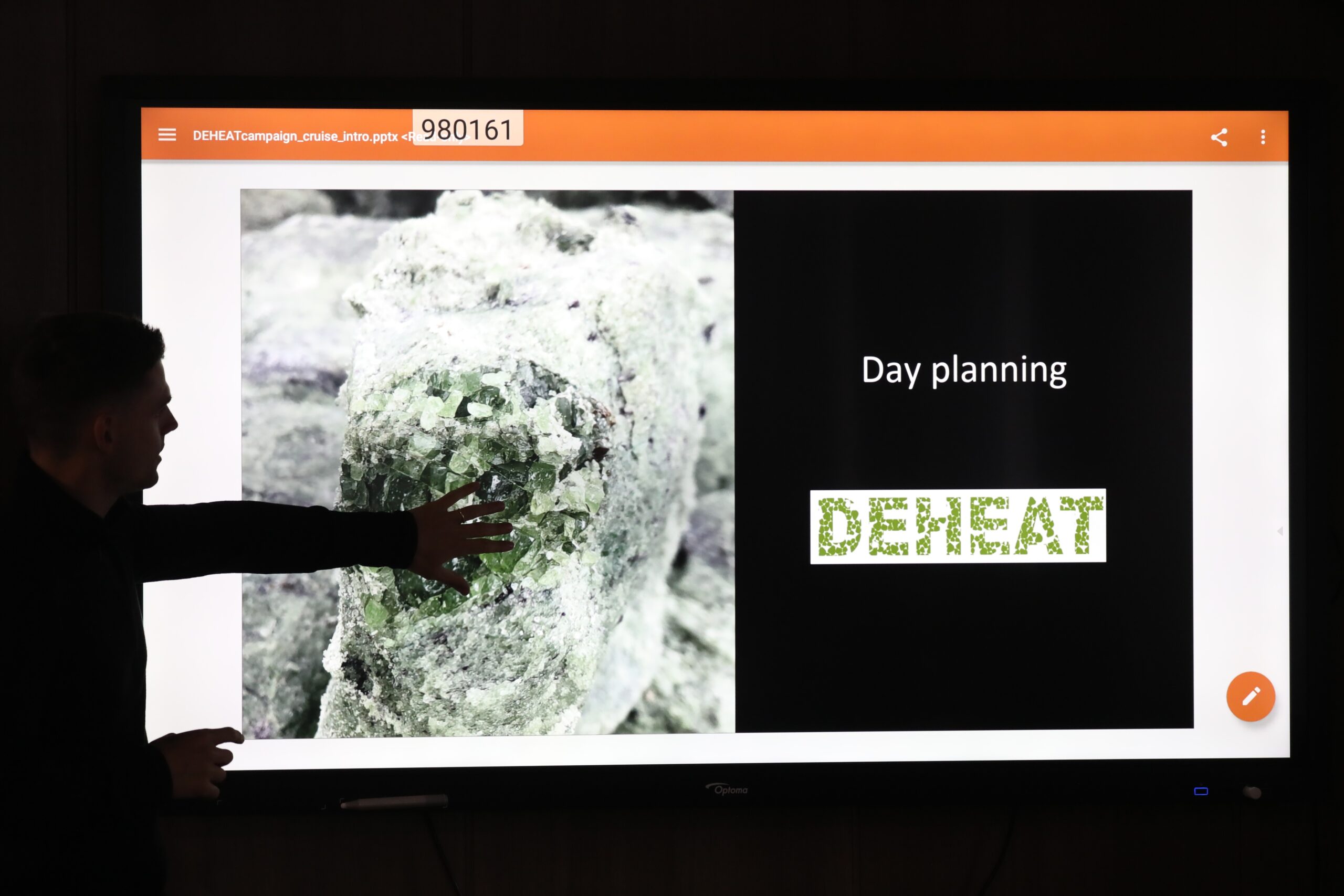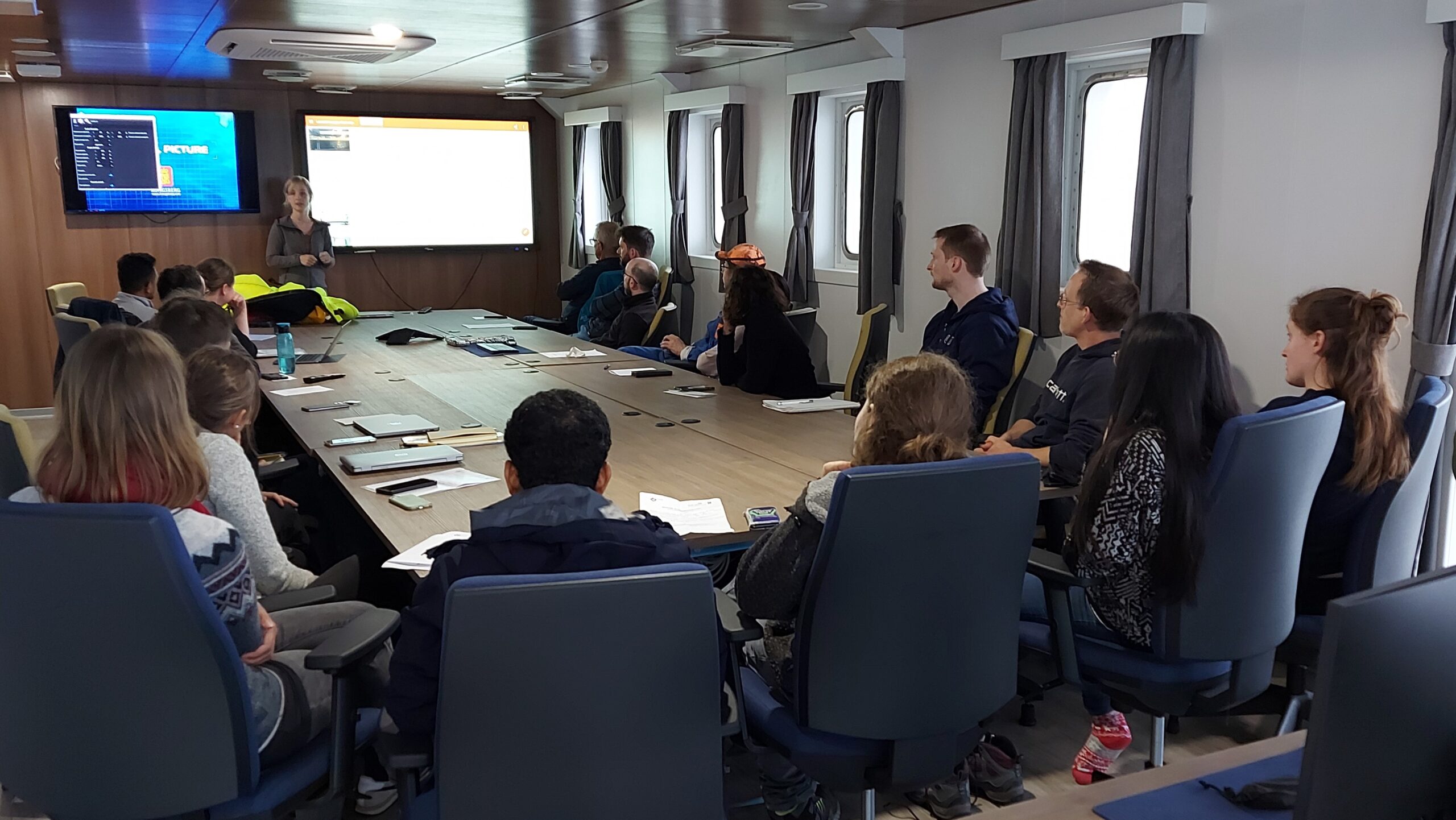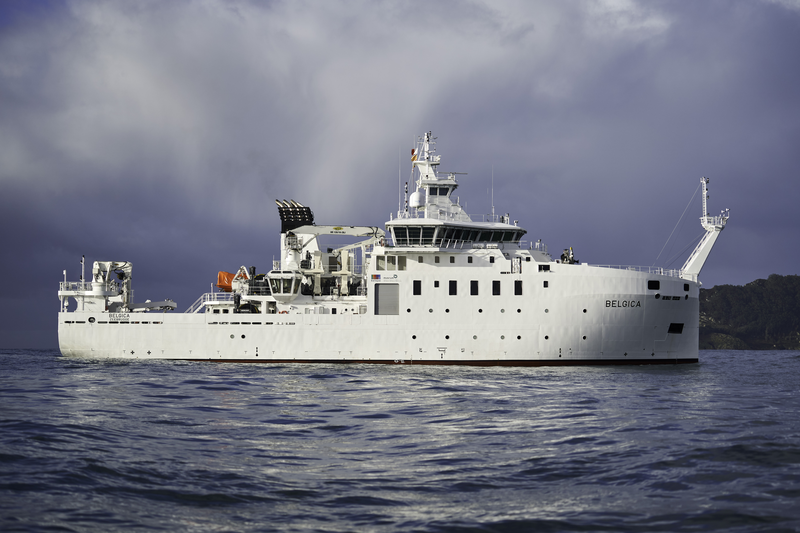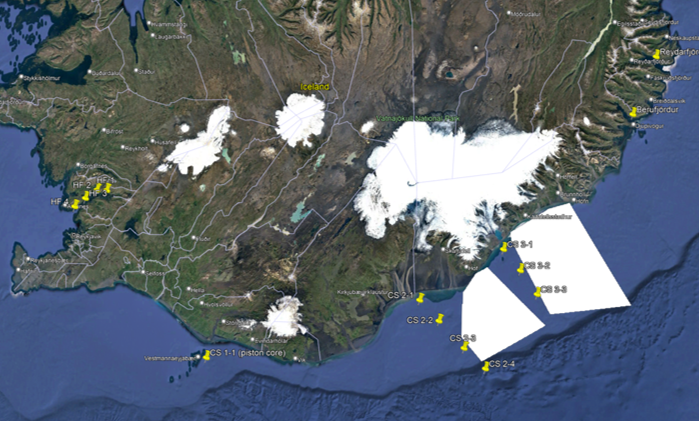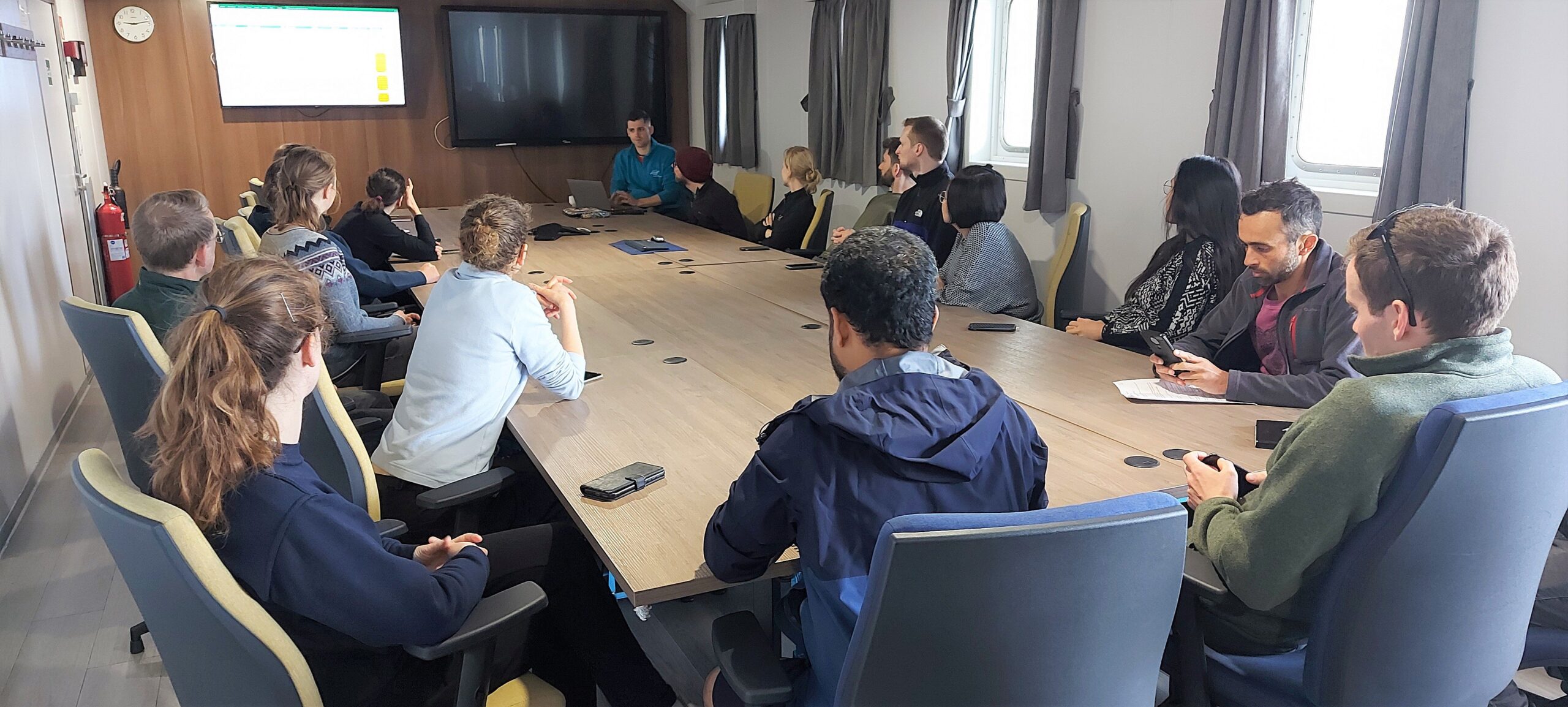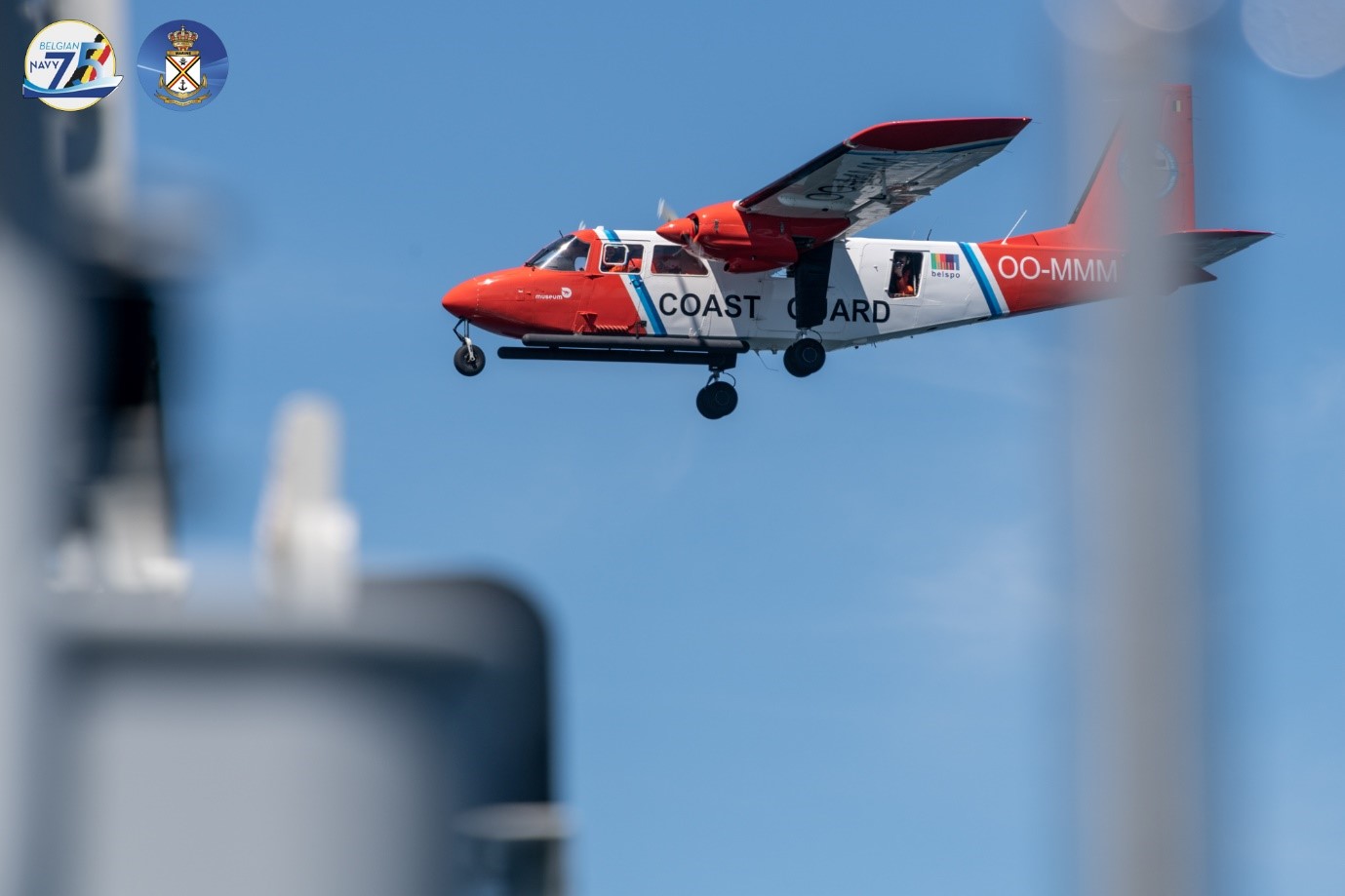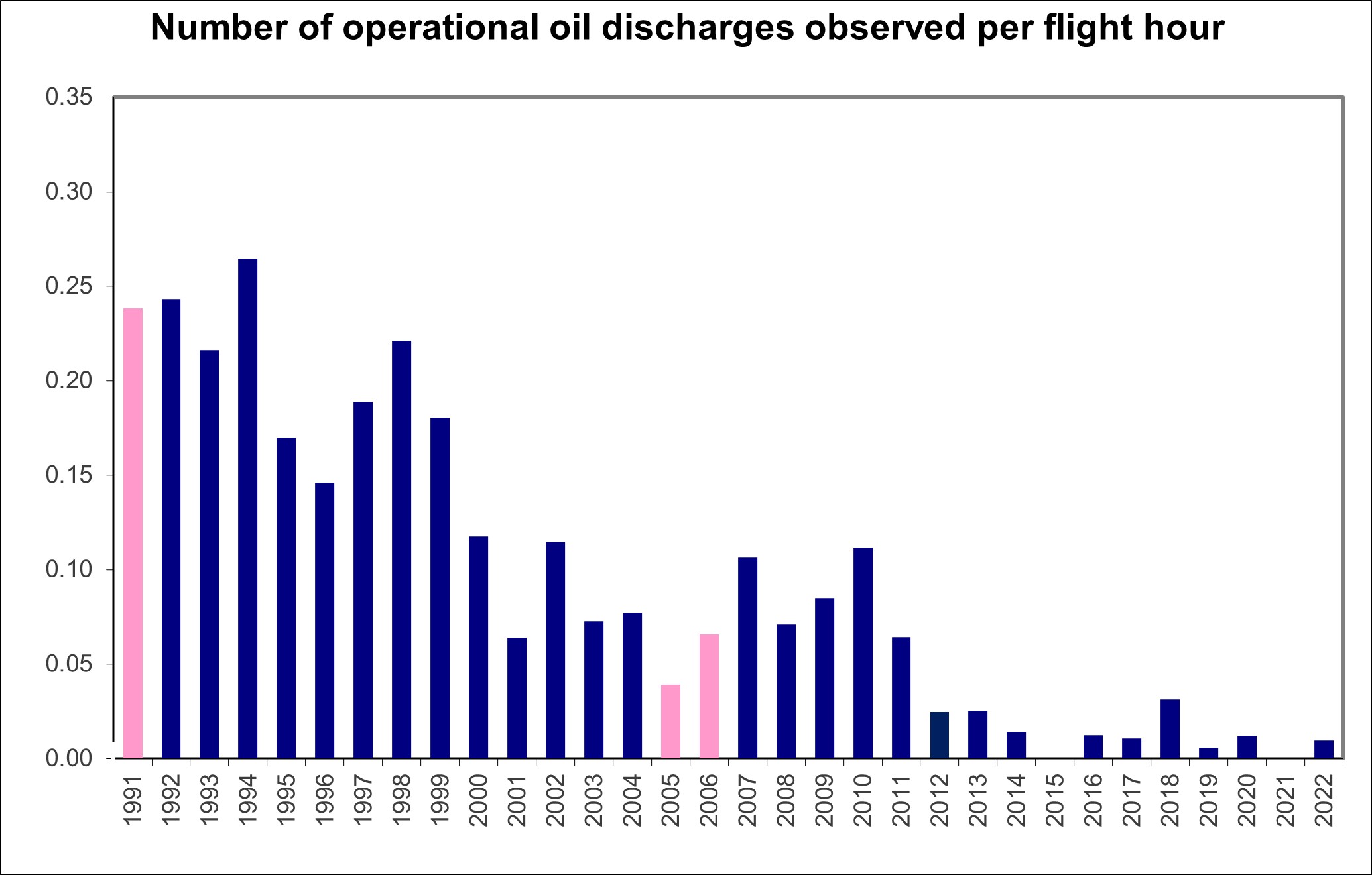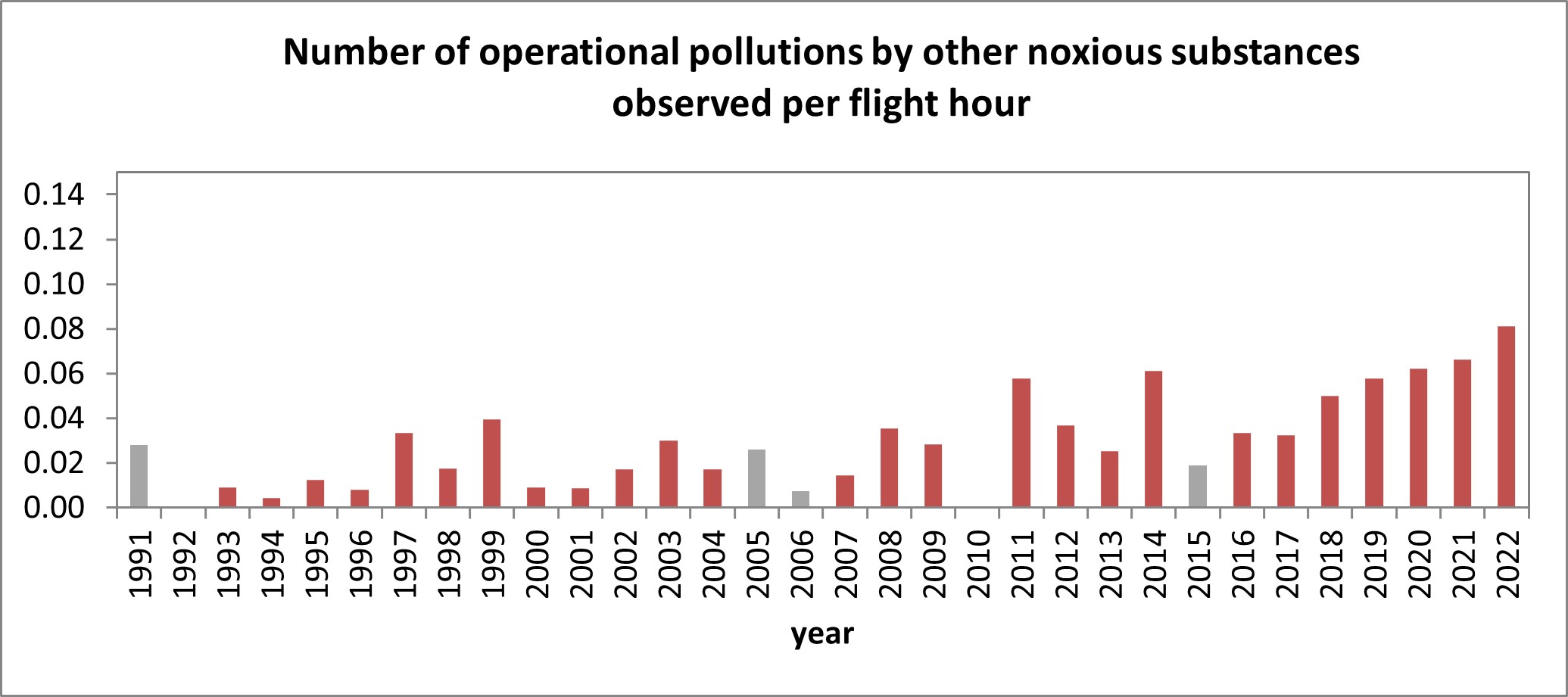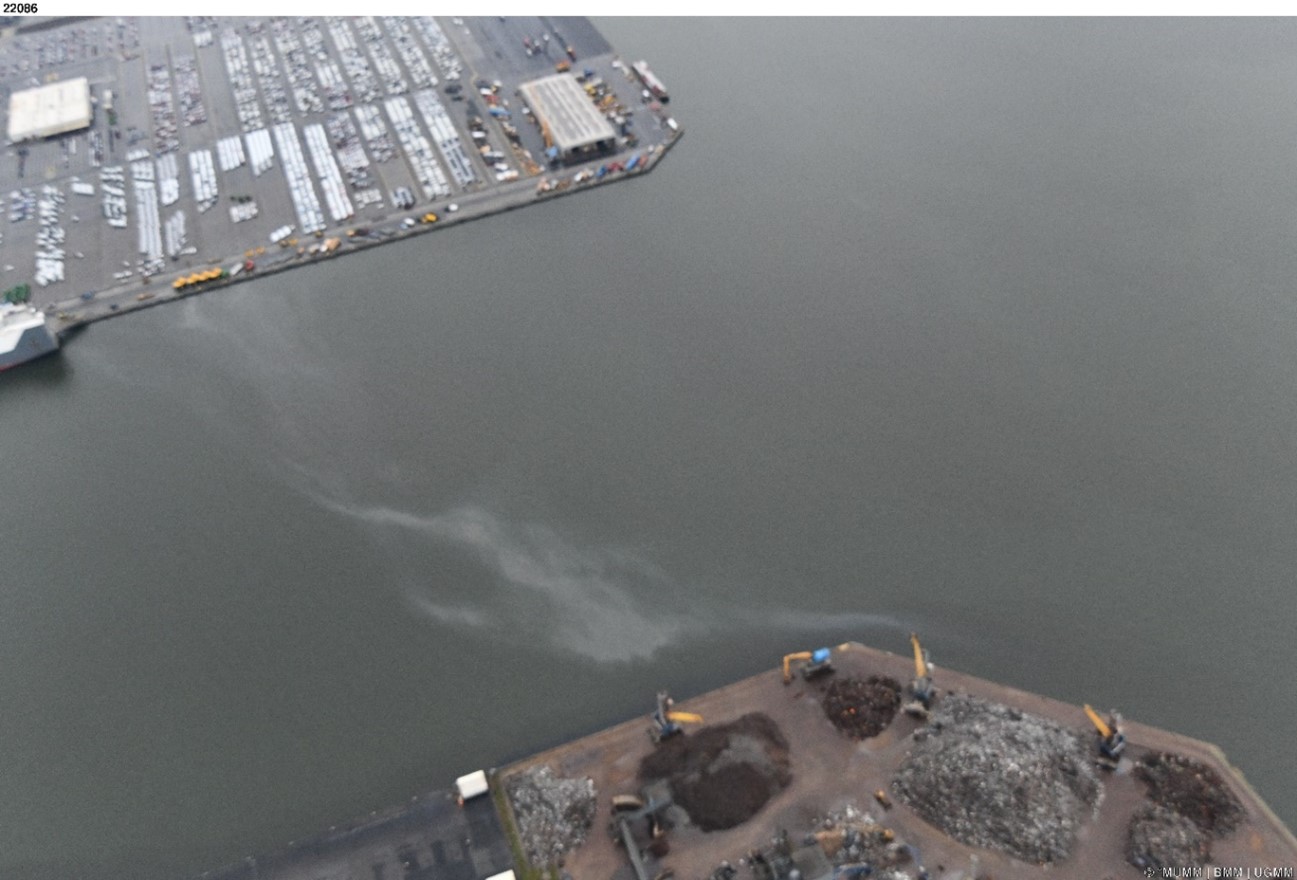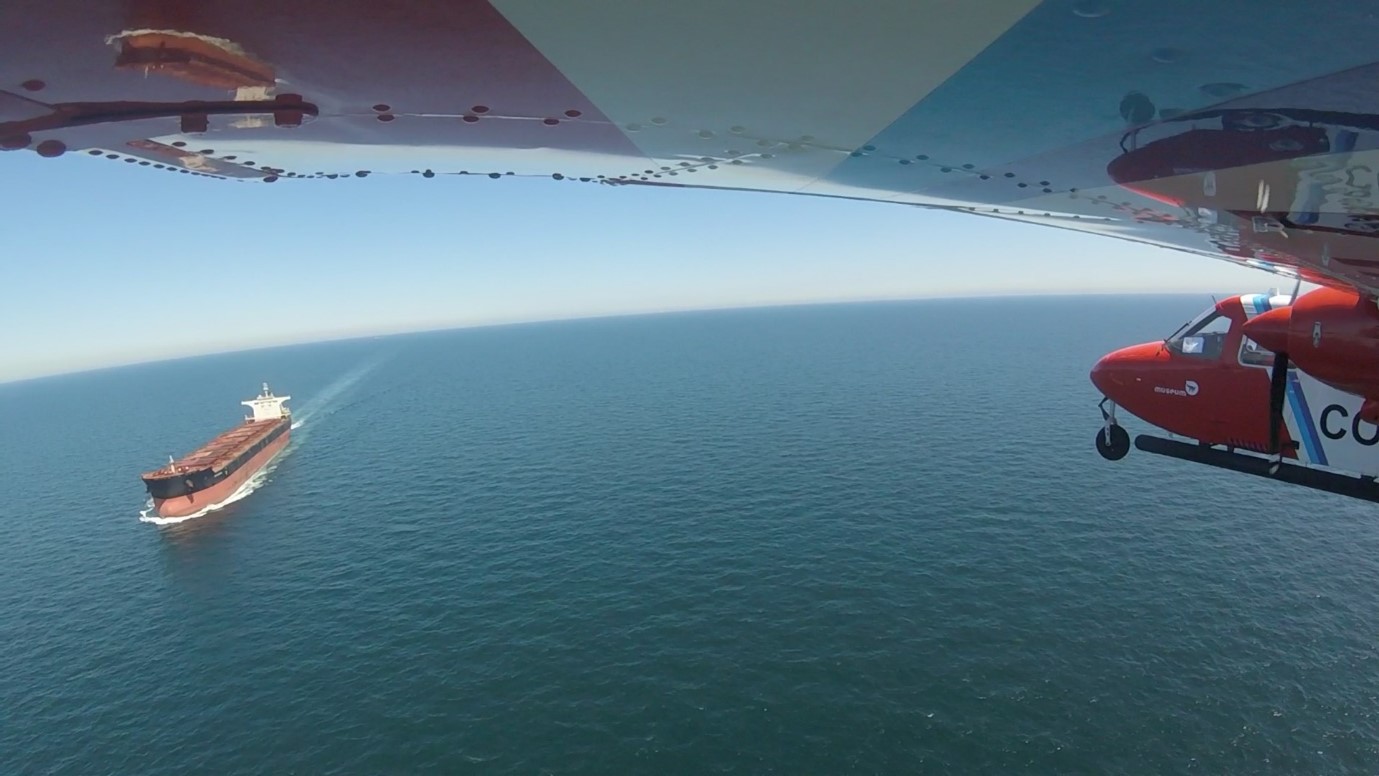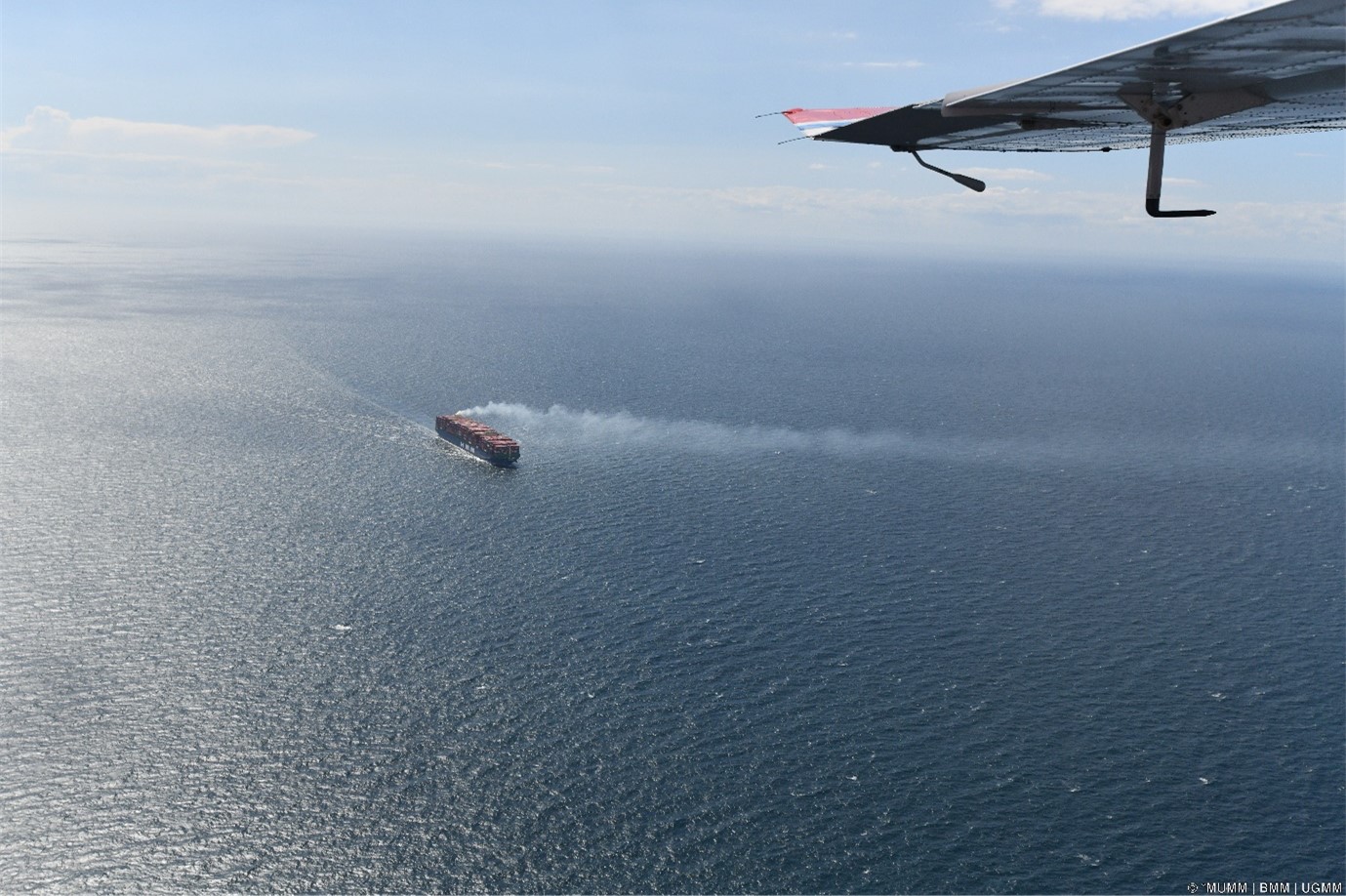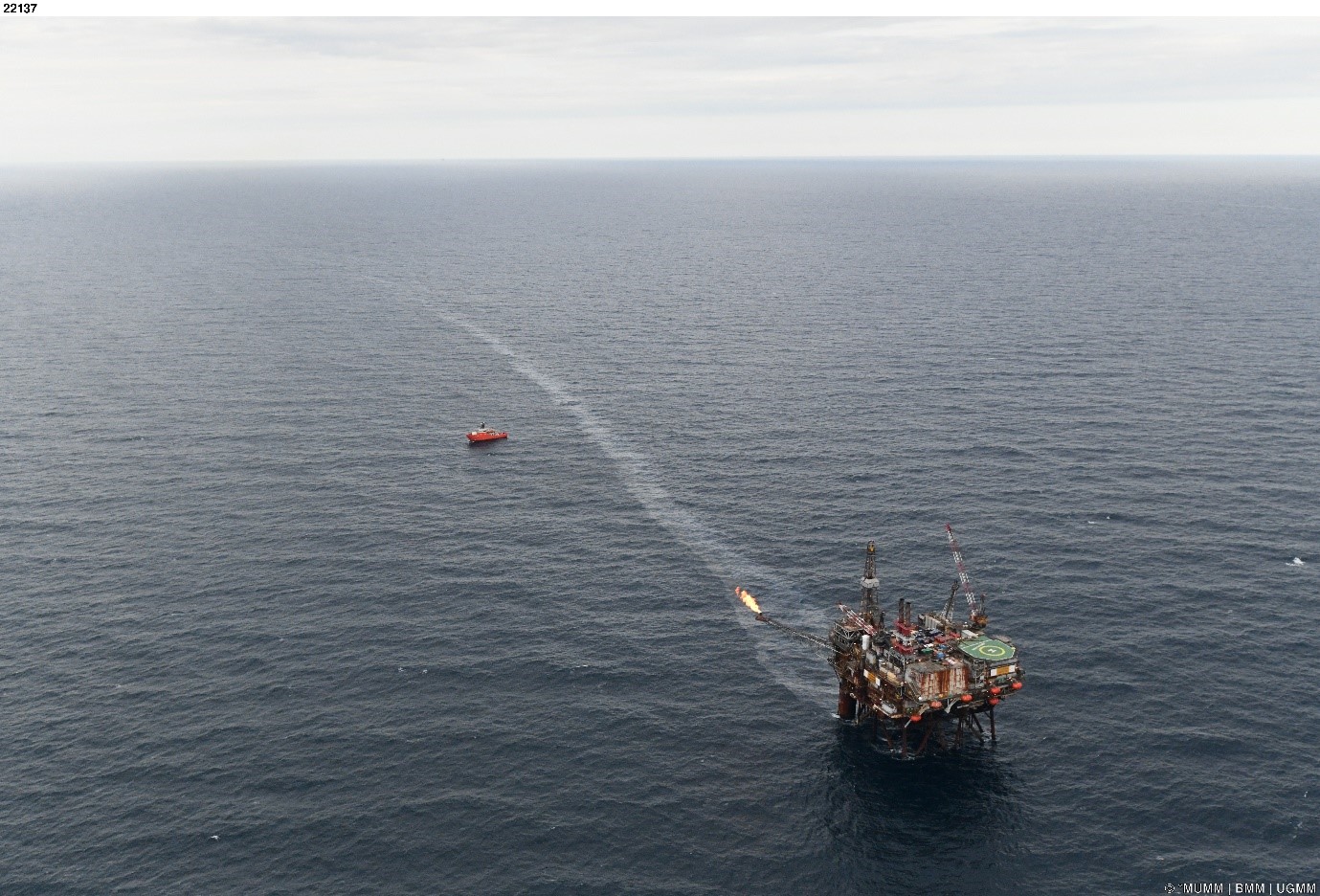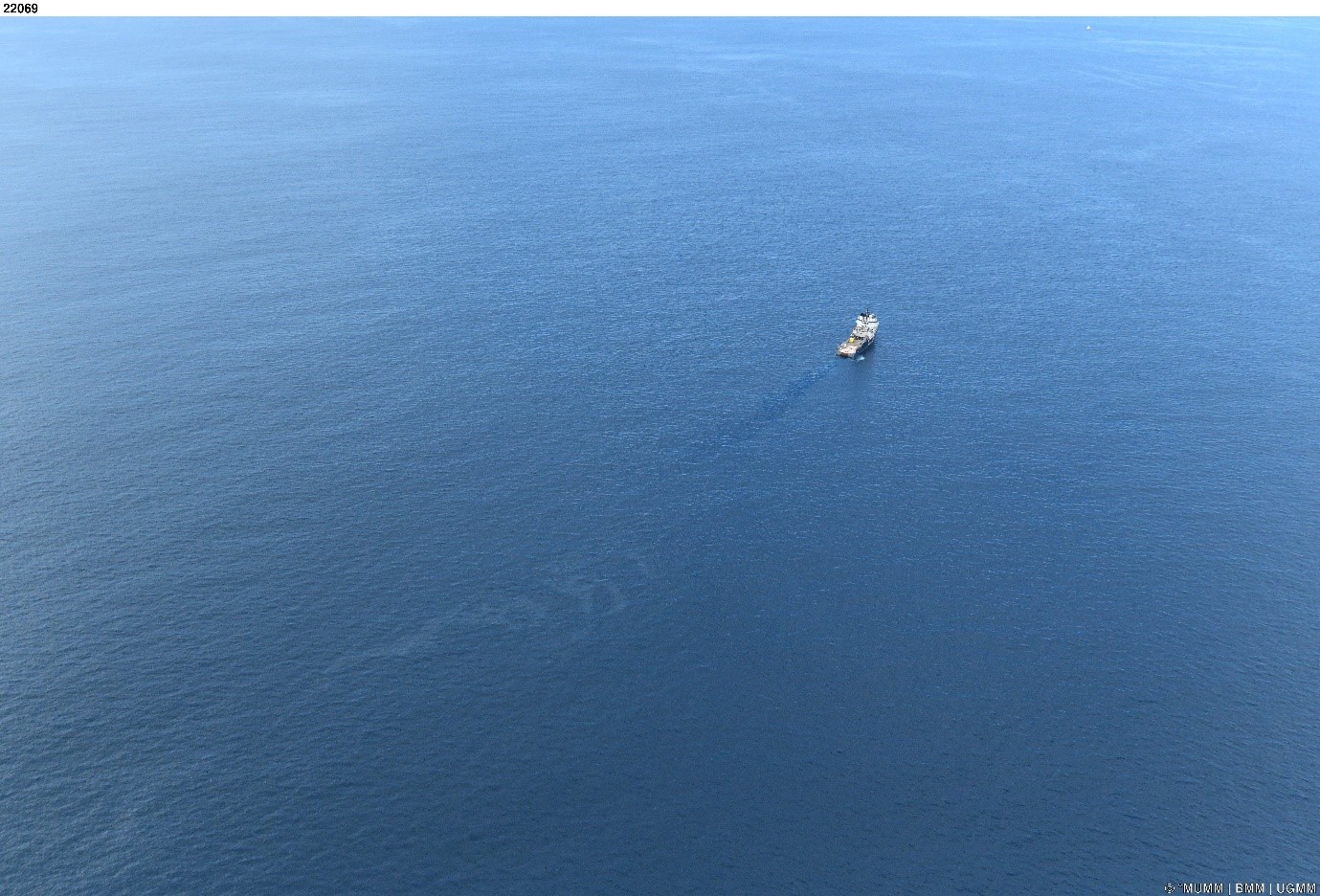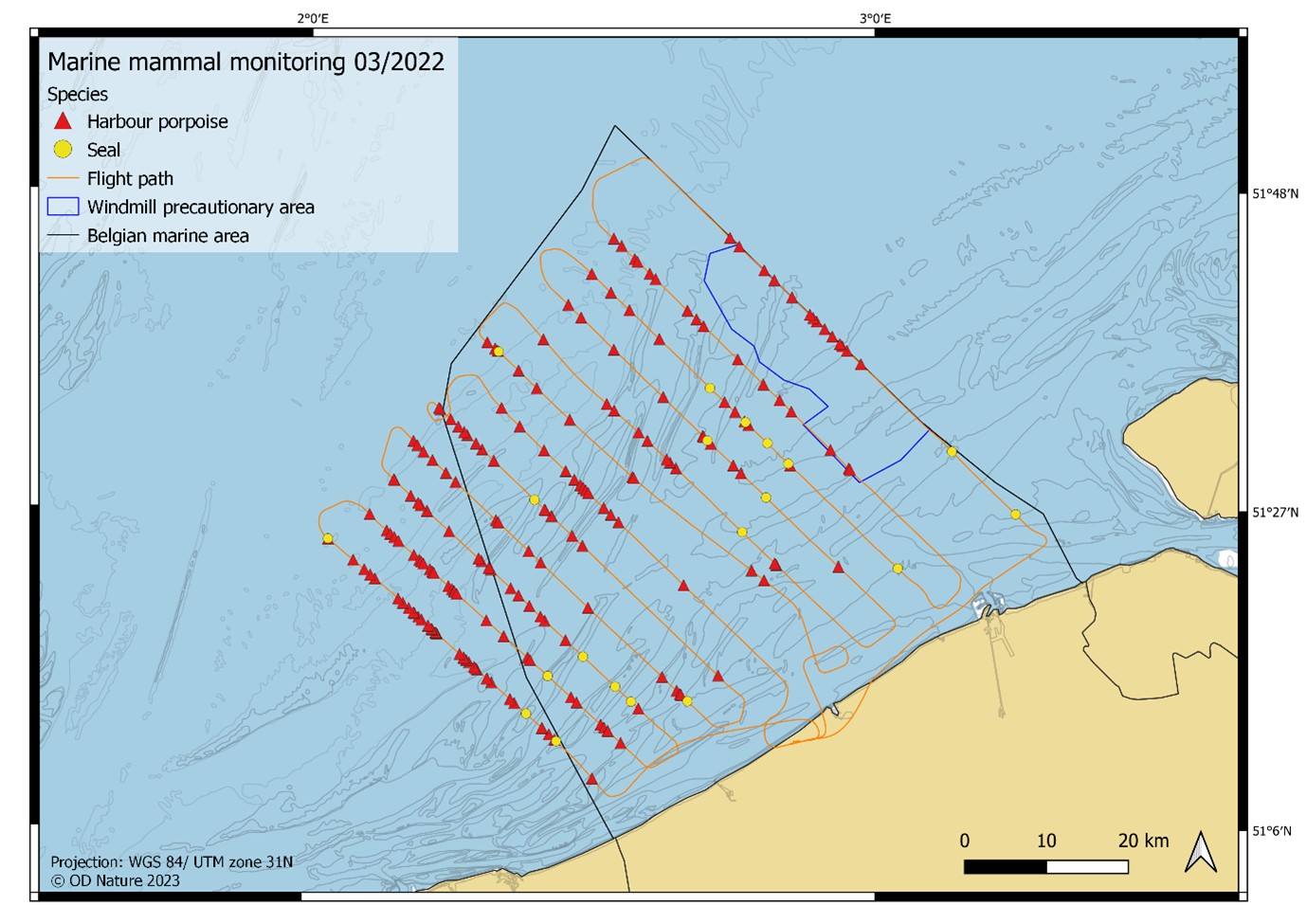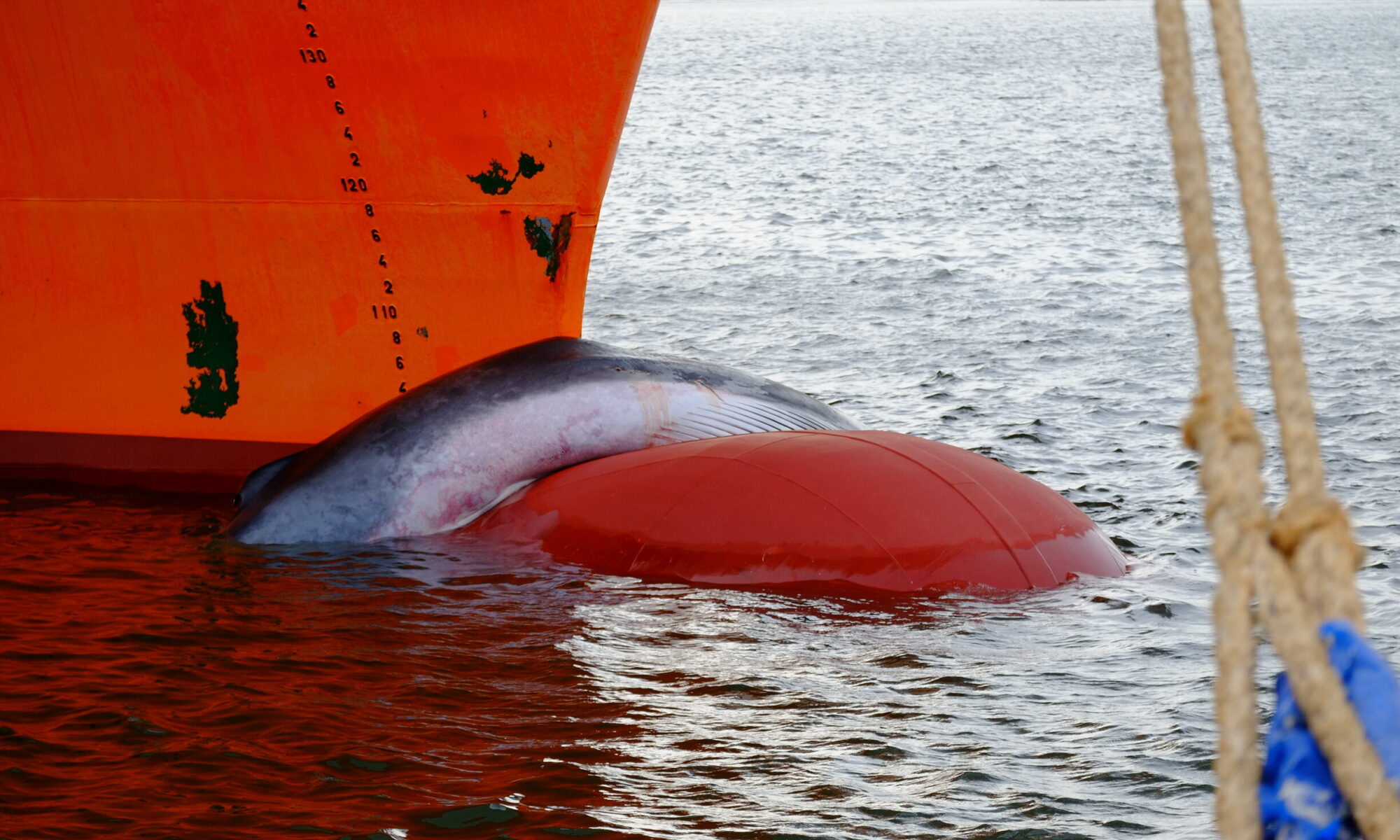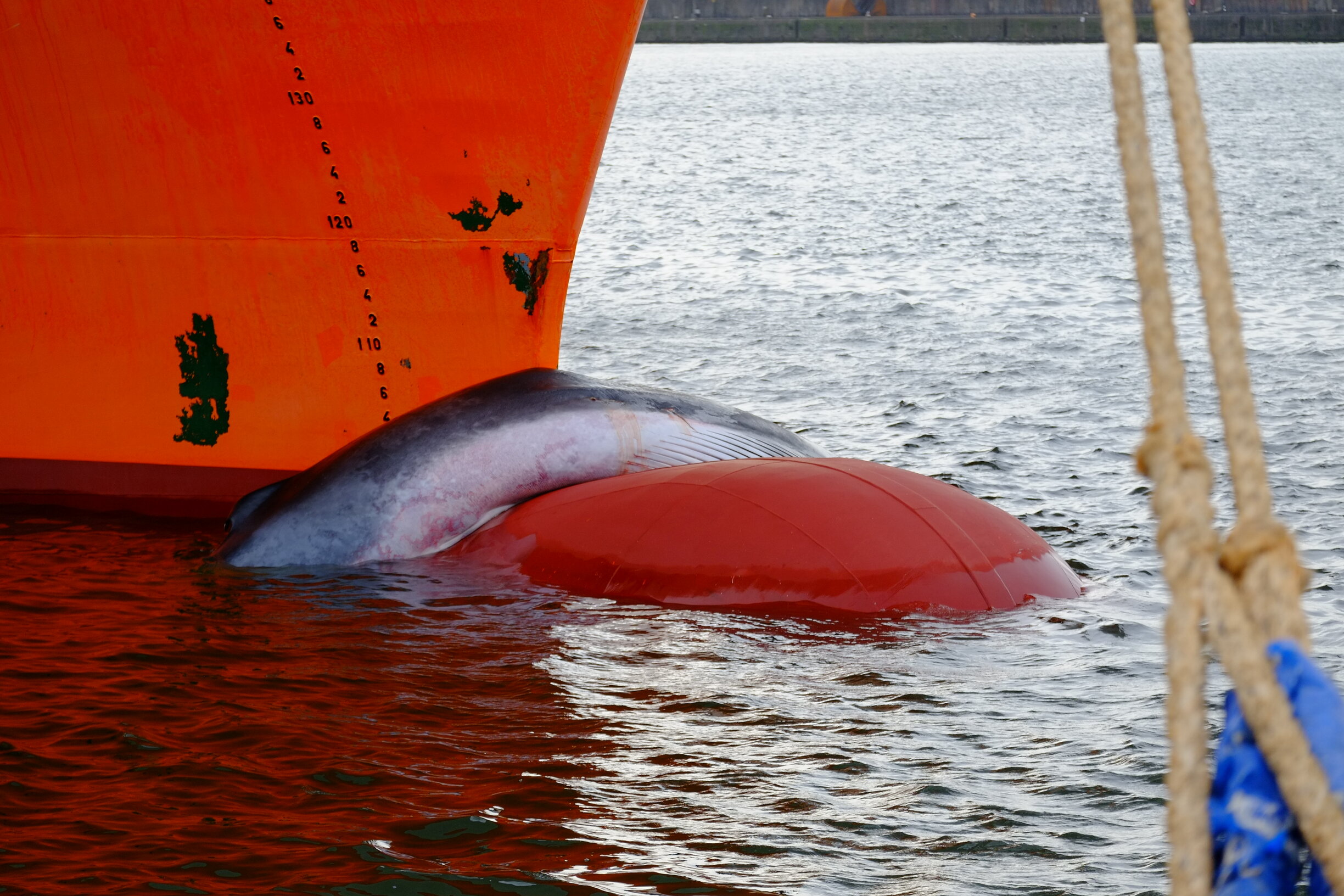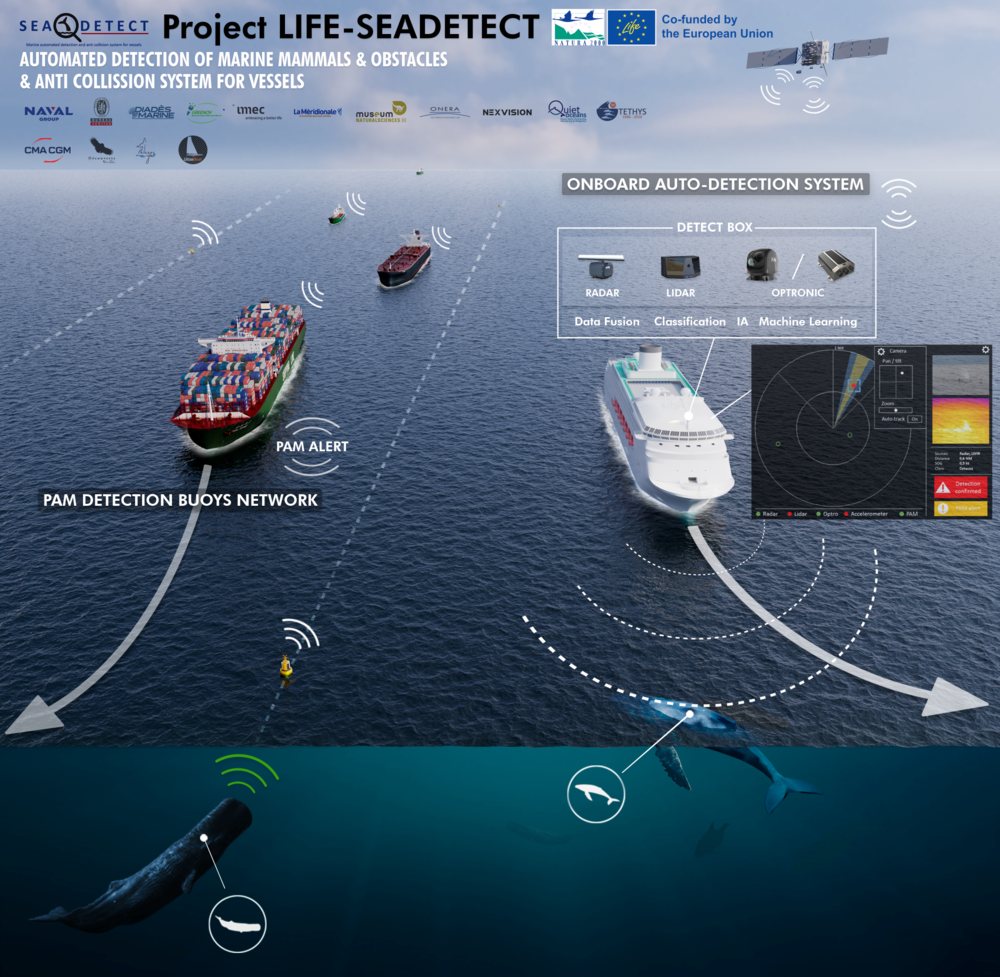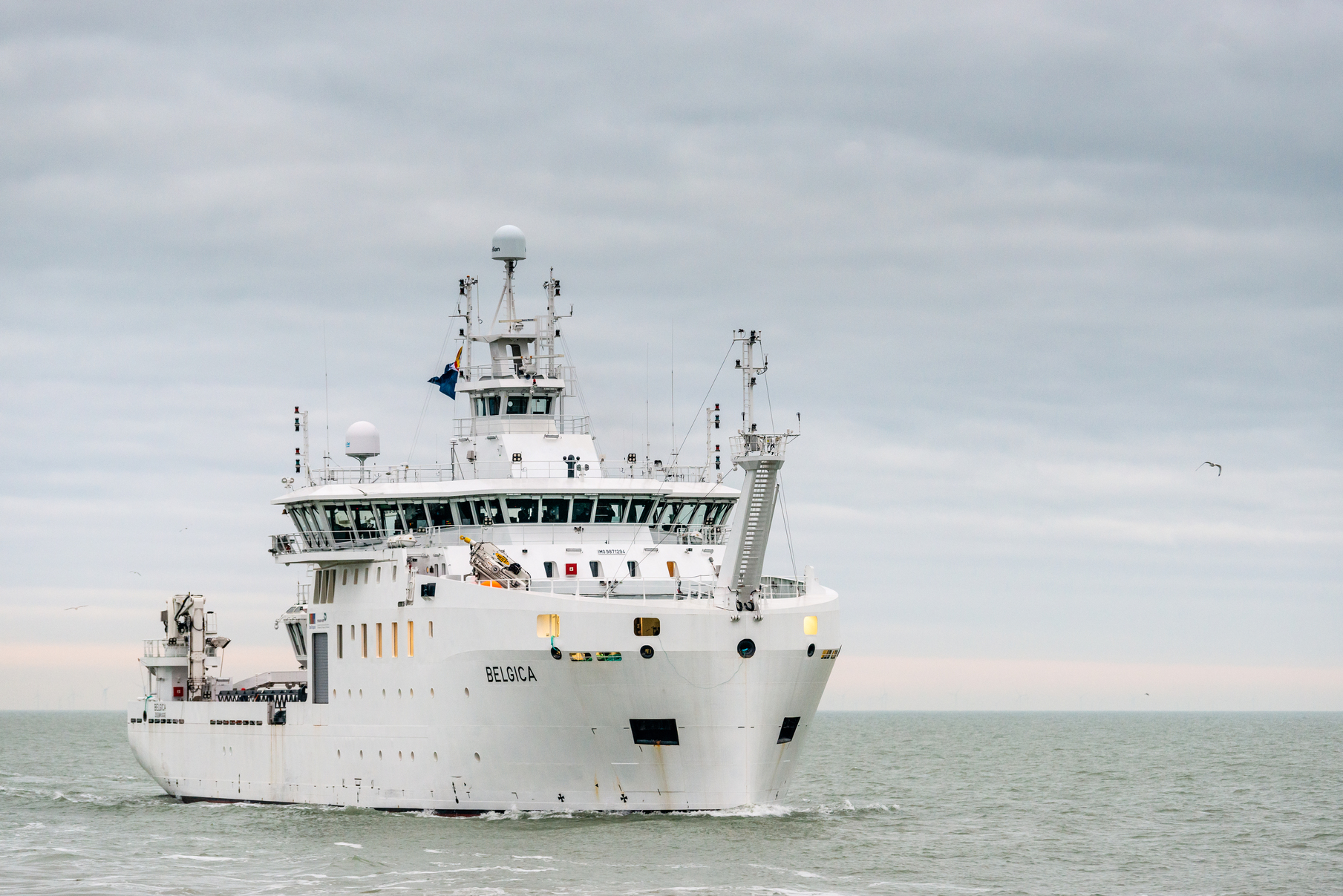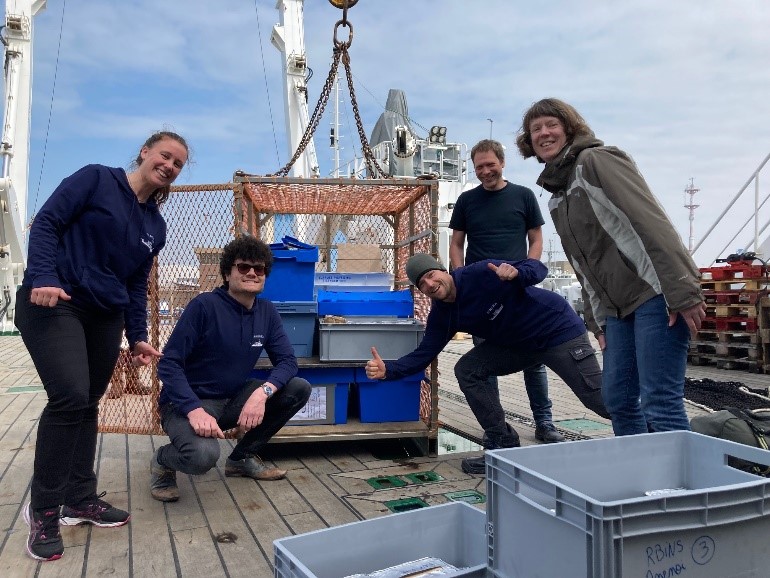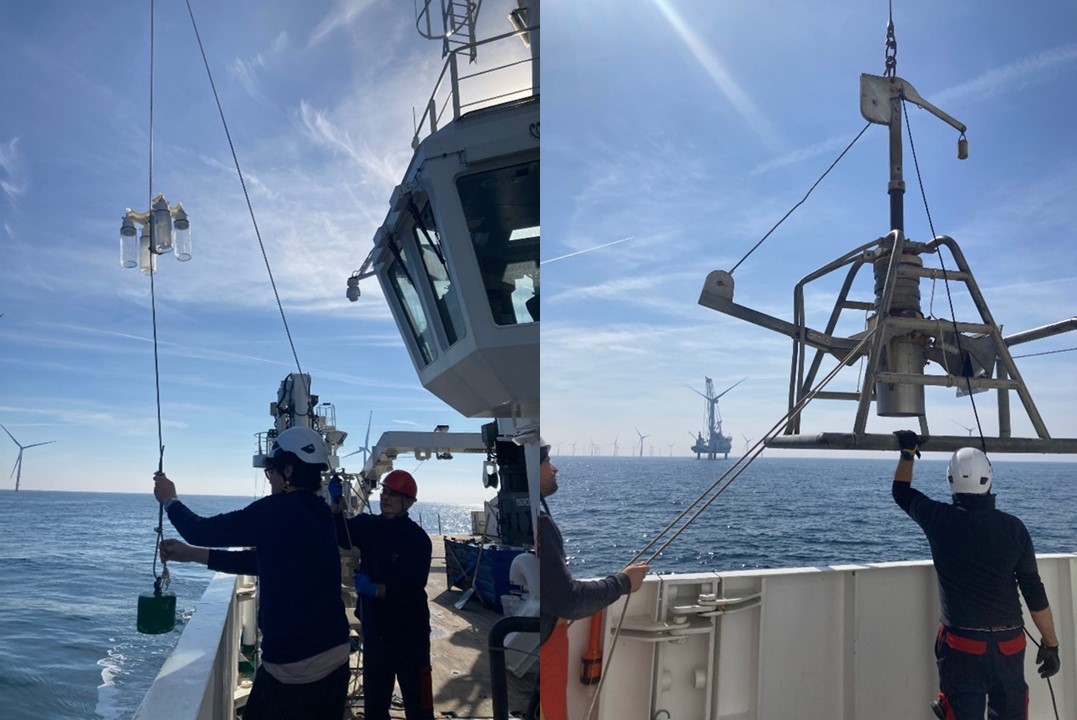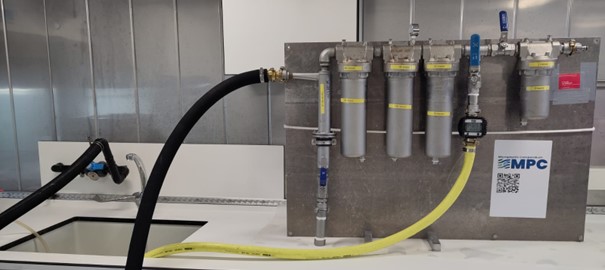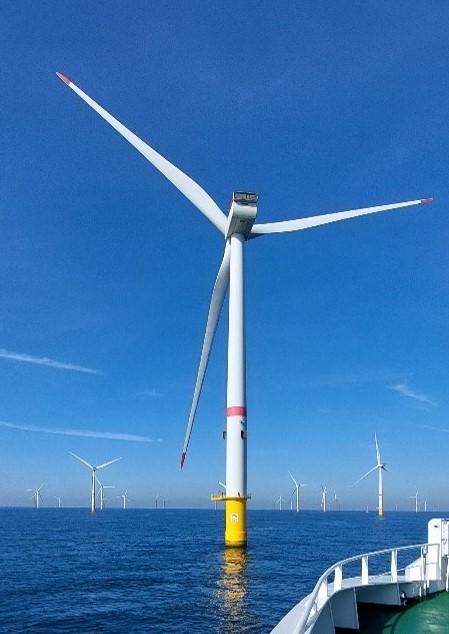28 June 2023 – Three down, two to go! As if the Van Veen grab, the box corer and the GEMAX corer don’t provide the DEHEAT-team with enough sediment samples to learn to understand the bottom of Hvalfjördur and the biogeochemical processes taking place in it, the scientists are sending two additional types of devices to the bottom to collect even more sediments.
The first is the long gravity corer, that essentially consists of a narrow corer of 3m in which a sampling tube is fitted – or two such corers and tubes combined, totaling 6m – and a huge weight to drive the corer into the seafloor (hence ‘gravity’ corer). This way, much deeper sediment layers are cut than with the other techniques, with deeper meaning older. The long cores allow the sedimentological history of the seabed to be reconstructed and to unravel a host of secrets from the past. In the case of DEHEAT and of the biogeochemists on board, this is obviously done with attention to how silicate weathering has evolved over time here, and how historical changes can be linked to climate-relevant processes.
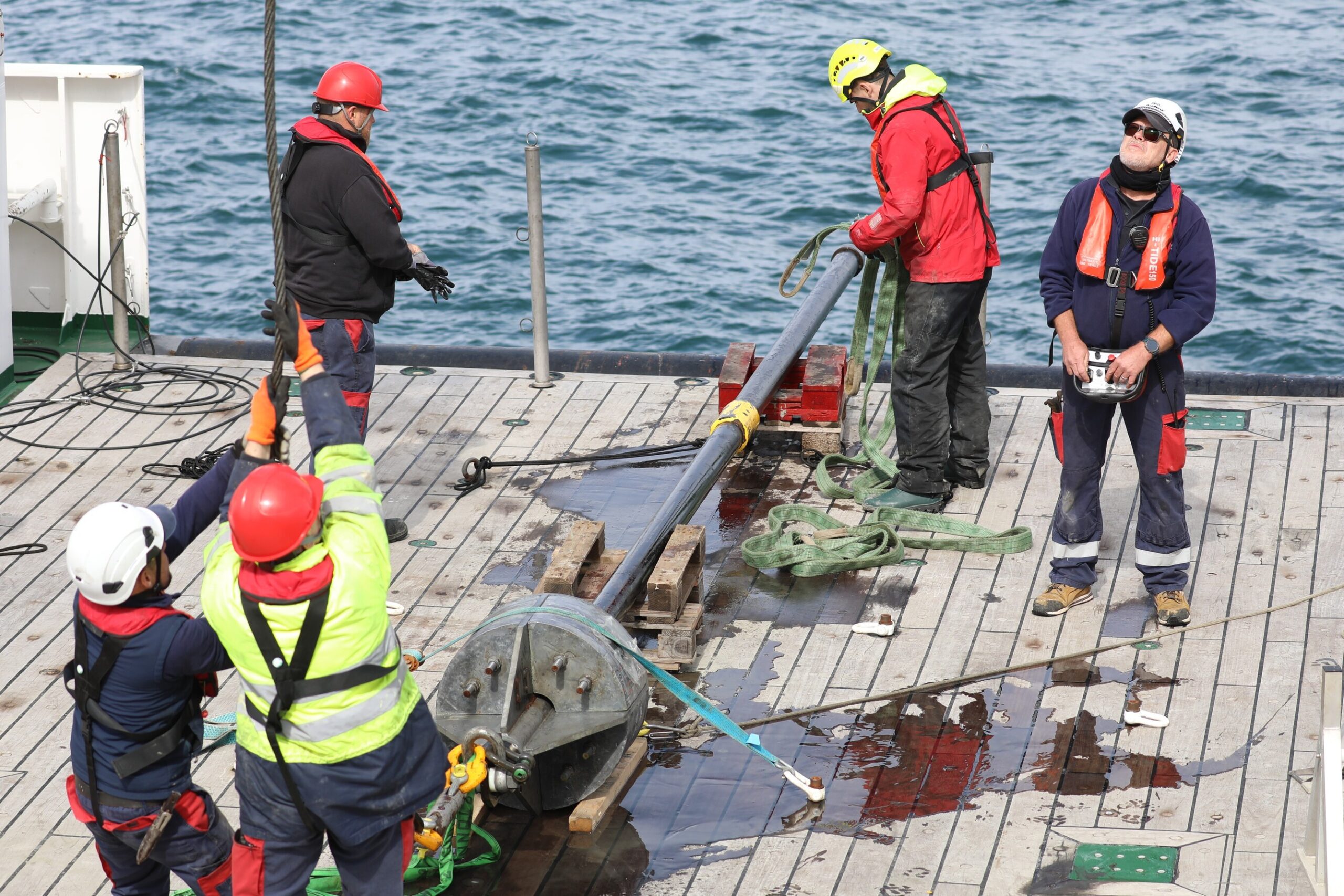
Christian März, Professor for General Geology at the University of Bonn, is especially interested in the deeper part of the sediments, and therefore depends on the long cores. By studying these, he can determine how the composition of the sediment changed over time and how these changes affected the cycling of essential elements like carbon, metals and nutrients in the seafloor. By studying past environments from the sedimentary records, climate change signals can also be extracted.
“It is also exciting to dive deeper into the topic of silicate weathering, a new and quite hip topic due to the need to stop and reverse global warming. Through this link, my colleague Katrin Wagner and I got offered the opportunity to join the expedition with RV Belgica in Iceland as collaboration partners of the DEHEAT project. As such, we bring in our expertise both for the benefit of our and the DEHEAT research” Christian explains.
However, deploying and retrieving the long gravity corer is anything but an easy task. And once in the water, the actual sampling of the bottom does not prove to be easy either. Indeed, the multi-purpose and interdisciplinary RV Belgica is not perfectly equipped for this particular type of sampling. It takes a lot of inventiveness and advancing insight to get the procedure right, but the highly motivated crew succeeds and regularly delivers usable ‘long cores’ to the scientists.
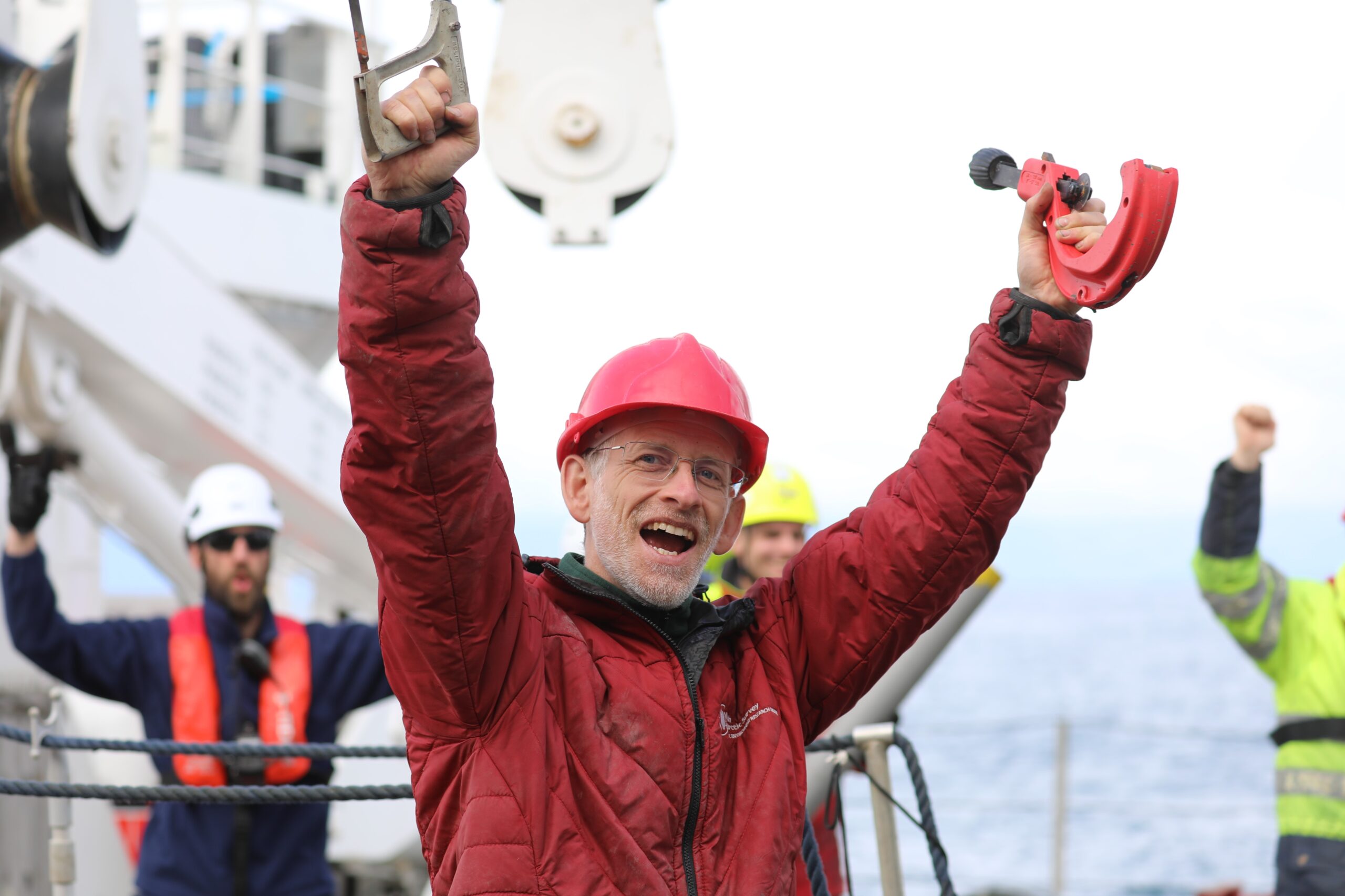
Christian: “The long gravity corer cannot be deployed over the sides of RV Belgica, so this has to be done from the stern. If swell causes the amplitude of the movement of the stern to be bigger than the accuracy with which the position of the corer in relation to the depth of the seabed is known, it is nearly impossible to successfully apply this method. We sometimes have to try several times but in the end manage to secure good cores thanks to the crew”. He adds laughingly: “This is why I like working in the central arctic so much. There, the ice prevents the ship from moving and allows us to work more accurately”.
Finally, there is a fifth way by which sediment is brought to the surface during the DEHEAT cruise: the benthic lander. However, it would be irreverent to wear this unit down as a simple ground grabber. After all, the lander does much more than that. It is a platform that is sent down in the deep to take measurements on the seafloor itself, and that is equipped with so-called ‘benthic flux chambers’ that measure the flow of substances between the seafloor and the water above it. It stays on the seafloor for one or several days while the DEHEAT-scientists proceed and sample at another station, and carries out the pre-programmed actions while storing the resulting data in a battery-driven data logger.
The benthic lander that is used during the DEHEAT-expedition belongs to the University of Gothenburg, Sweden, that employs a true benthic lander guru in the form of Mikhael Kononets. It is almost inconceivable that the lander would be deployed without Mikhael being present to oversee the operation, so the Royal Belgian Institute of Natural Sciences arranged a contract for him for the duration of the RV Belgica adventure in Iceland, as well as for the subsequent expedition in Greenland. He boarded in Galway, Ireland, and was continuously engaged with the lander throughout the transit to Iceland as well as during the two-day stay in Reykjavik. Mikhael and the lander seem intertwined, and he did not even set foot on Icelandic soil but kept busy with making sure that the lander is fully ready for its duties on the RV Belgica. “It’s only concrete, that’s the same everywhere, isn’t it?” he jests.
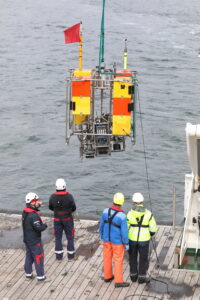
There is some work involved in deploying the lander from RV Belgica, and especially in retrieving it. Mikhael explains how this works: “Deploying the lander is not so much the problem. It can be lifted over the side, after which ballast causes it to sink to the seabed. Old pieces of railway track, which were donated to us by the Swedish company Stena Recycling, are used as ballast in this case. After the lander has done its job, we activate the decoupling mechanism with an acoustic signal via a hydrophone, whereupon the styrofoam-filled compartments cause it to rise back to the surface. The railway tracks remain behind, which is not a problem as primary production in the sea is limited by the availability of iron”.
Only then does the hardest work begin, getting the lander back on board. Mikhael: “First, the floating lander must be spotted. We usually know its position very accurately, but if we cannot see it immediately – due to wave action, for example – we can still determine in which direction to look using a simple radio signal. Once found, the lander is then carefully towed by RHIB (rigid-hulled inflatable boat) to near the stern of the RV Belgica, from where he can then be hoisted on board. The time elapsing during the calling and ascent of the lander through the water column can sometimes be nerve-wracking … after all, there are known cases of landers lost for eternity …”.
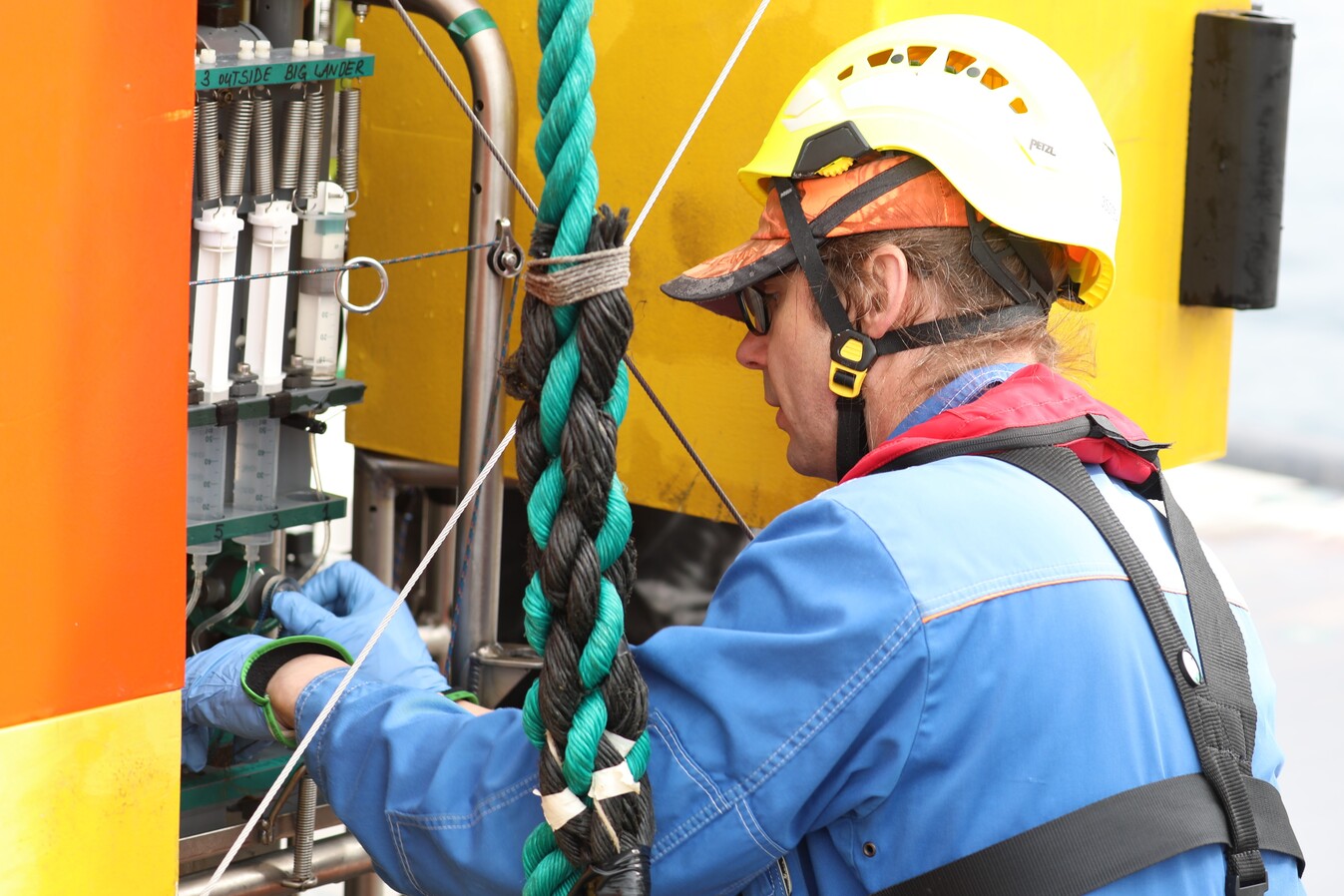
For launching this wide variety of sampling equipment, for the actual sampling of the water column and the bottom, and for retrieving the equipment again, it is obviously very important that the platform on which these operations take place is very stable and remains very accurate on site. For the first, the RV Belgica is indeed a very stable vessel but wind and wave action are also important and one also depends on the swell. For the second, the so-called Dynamic positioning system comes into play. Dynamic positioning is a computer-controlled system to automatically maintain a vessel’s position and heading by using its own propellers and thrusters. The DEHEAT-team is blessed: all sampling is proceeding as planned in Hvalfjördur thanks to favourable conditions and the RV Belgica’s Dynamic Positioning. Fingers crossed that this will continue to be the case later on the continental shelf.
Now, don’t get us wrong, the soil sampling techniques mentioned are not only used on the day they are described in this blog but are part of the routine of every day. The same goes for the CTD reviewed earlier, and for many of the operations and analyses that will follow.
And the fjord? It remains its picturesque self!
